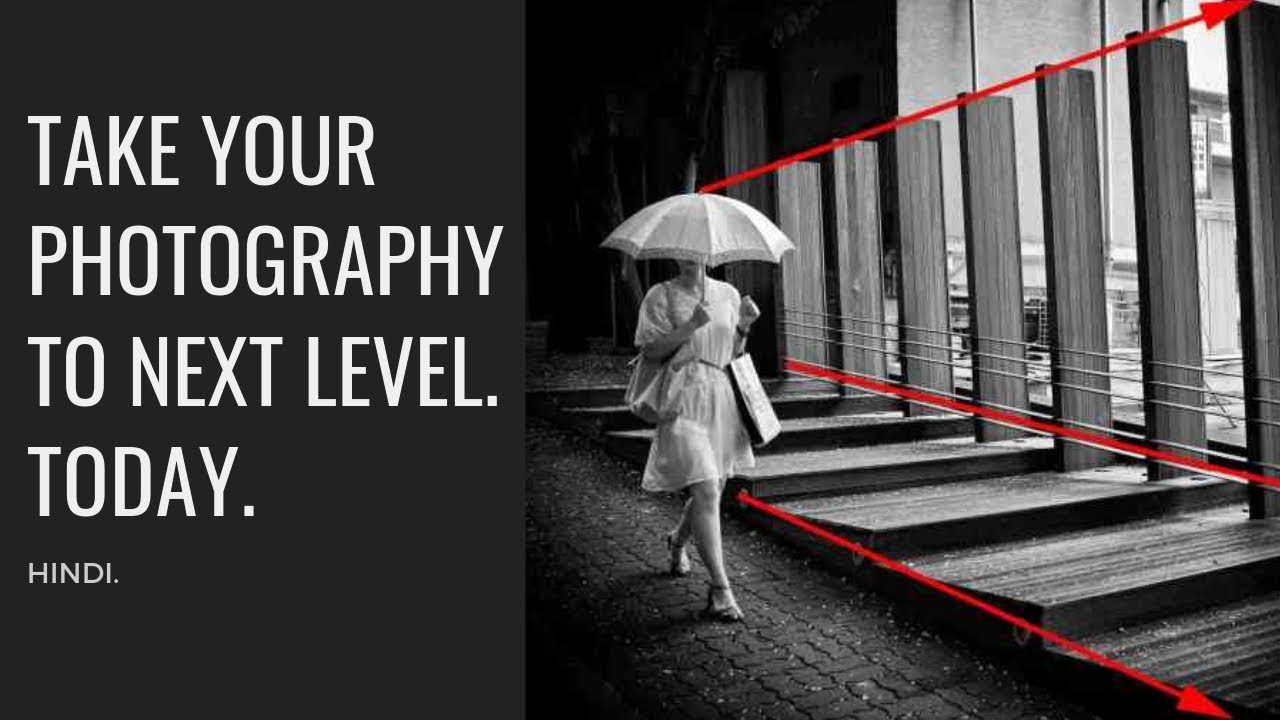Final Deadline for improving Coursework: MON 24 FEBRUARY!
Examination dates: 15 hrs controlled test over 3 days
(please check your email from C Farrow re : dates + clashes)
Group 13C: 2, 23 & 24 April
Group 13D: 2, 23 & 24 April
Group 13A: 3, 25 & 28 April
The Theme: ‘ ’UNION’
Here is an Exam Planner that will provide you with framework for you to follow. However, it is paramount that you are proactive and make sure that work is produced on a weekly basis.
Further resources can be found here in our shared folder on the M:drive M:\Radio\Departments\Photography\Students\Yr 13 EXAM 2025
Assessment Objectives
You should provide evidence that fulfils the four Assessment Objectives:
AO1 Develop ideas through sustained and focused investigations informed by contextual and other sources, demonstrating analytical and critical understanding
AO2 Explore and select appropriate resources, media, materials, techniques and processes, reviewing and refining ideas as work develops
AO3 Record ideas, observations and insights relevant to intentions, reflecting critically on work and progress
AO4 Present a personal and meaningful response that realises intentions and, where appropriate, makes connections between visual and other elements.
Definition in dictionary:
UNION
noun: union; plural noun: unions; noun: the Union
- the action of joining together or the fact of being joined together, especially in a political context.“he was opposed to closer political or economic union with Europe”
Similar: unification uniting joining merging merger fusion fusing
- HISTORICAL the uniting of the English and Scottish crowns in 1603, of the English and Scottish parliaments in 1707, or of the parliaments of Great Britain and Ireland in 1801.
singular proper noun: Union - a state of harmony or agreement.
“they live in perfect union”
Similar: unity accord unison unanimity harmony concord agreement concurrence undividedness - a marriage.
“their union had not been blessed with children”
Similar: marriage wedding partnership pairing alliance match
2. a society or association formed by people with a common interest or purpose. “members of the Students’ Union”
Similar: association alliance league guild coalition consortium combine syndicate confederation federation confederacy partnership fraternity brotherhood sorority society club group organization trade union - a trade union. “the National Farmers’ Union”
- HISTORICAL a number of parishes consolidated for the purposes of administering the Poor Laws.
- BRITISH an association of independent Churches, especially Congregational or Baptist, for purposes of cooperation.
3. a political unit consisting of a number of states or provinces with the same central government. - the United States, especially from its founding by the original thirteen states in 1787–90 to the secession of the Confederate states in 1860–1.
- “California is the fastest growing state in the Union when it comes to urban encroachment”
The northern states of the United States which opposed the seceding Confederate states in the American Civil War.
singular proper noun: Federal Union; singular proper noun: the Federal Union - South Africa, especially before it became a republic in 1961.
BINARY OPPOSITION
Binary opposition – a pair of related terms or concepts that are opposite in meaning.
Binary opposition originated in Saussurean structuralist theory in Linquistics (scientific study of language) According to Ferdinand de Saussure, binary opposition is the system by which, in language and thought, two theoretical opposites are strictly defined and set off against one another. Using binary opposites can often be very helpful in generating ideas for a photographic project as it provides a framework – a set of boundaries to work within.
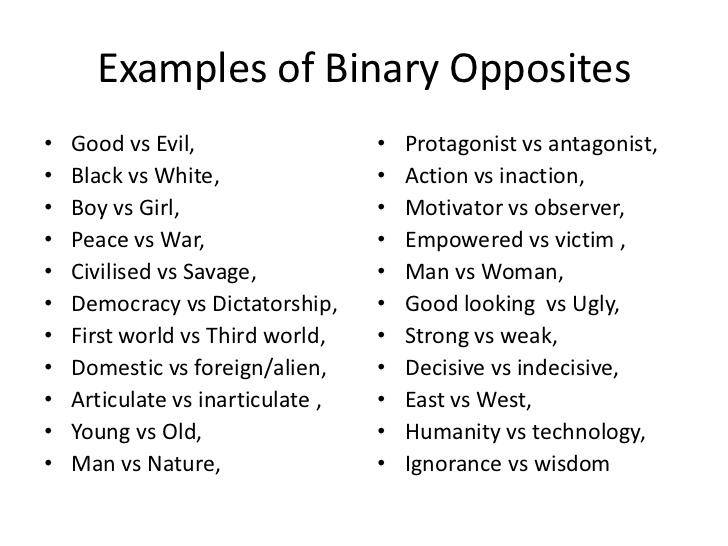
How to start
- Read the Exam Paper and Exam Planner thoroughly, especially pages pages 4-5 and page 24-27 which details specific starting points and approaches to the exam theme – make notes! Look up the word in the dictionary, synonyms and etymology (the study of the origin of words and the way in which their meanings have changed throughout history.)
- Brainstorm your idea and research artists listed – look also at starting points in other disciplines e.g. Fine Art and Graphic Communication etc.
- Begin to gather information, collect images, make a mood-board and mind-map,
- Make plans for photoshoots and write a specification.
- Produce at least ONE PHOTO-SHOOT over H-Term as a response to tasks listed below and initial research and ideas.
- You must show evidence of the above on your blog– complete at least 4-5 blog posts.
Each week you are required to make a photographic response (still-images and/or moving image) that relates to the research and work that you explored in that week. Sustained investigations means taking a lot of time and effort to produce the best you can possibly do – reviewing, modifying and refining your idea and taking more pictures to build up a strong body of work with a clear sense of purpose and direction
Preparatory Supporting Studies (Blog posts) – 7 weeks of lessons + 2 weeks Easter Break:
Prior to the timed examination you must produce and submit preparatory supporting studies which show why and how the supervised and timed work takes the form it does. You must produce a number of blog posts 15-30 that charts the development of your final piece from conception to completion and must show evidence of:
- Development of your thoughts, decisions, research and ideas based on the theme
- Record your experiences and observations
- Analysis and interpretation of things seen, imagined or remembered
- Investigations showing engagement with appropriate primary and secondary sources
- Experimentation with materials, processes and techniques
- Select, evaluate and develop images/ media further through sustained investigation
- Show connections between your work and that of other artists/ photographers
- Critical review and reflection
Controlled Exam 15 hrs over three days: (Final Outcome)
This time is for you to fine tune and adjust your final images for print using creative tools in Lightroom/Photoshop and/or complete a final edit of your photobook, film or video in Premiere. Your final outcome(s) must be presented in a thoughtful, careful and professional manner demonstrating skills in presenting work in either window mounts, picture frames, foam-board, and/ or submit pdf of photobook, or embed (from Youtube upload) moving image and video based production to the blog.
IDEAS > INTERPRETATIONS > ARTIST EXAMPLES
from pages 4 & 5 in exam booklet
Art movements and isms.
Start by exploring some of the avant-garde art movements in the early 20th century, such as CUBISM, FAUVISM, DADAISM, DE STIJL, RUSSIAN CONSTRUCTIVISM, SUPREMATISM, FUTURISM, SURREALISM, EXPRESSIONISM.
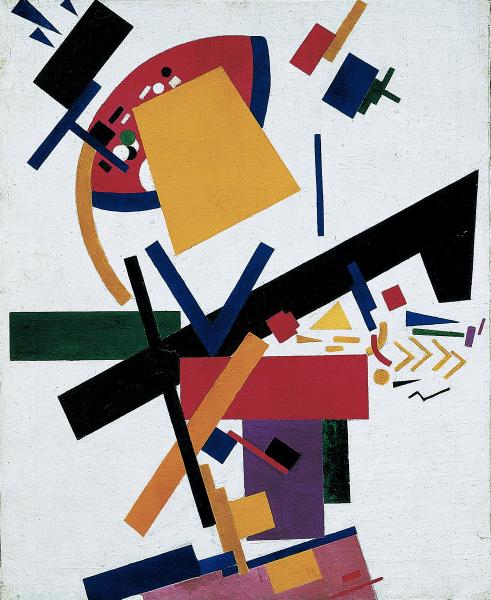

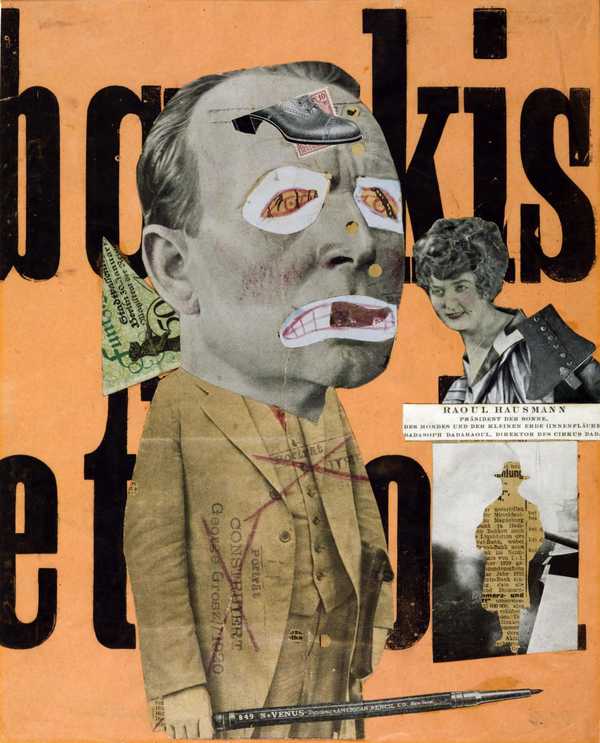
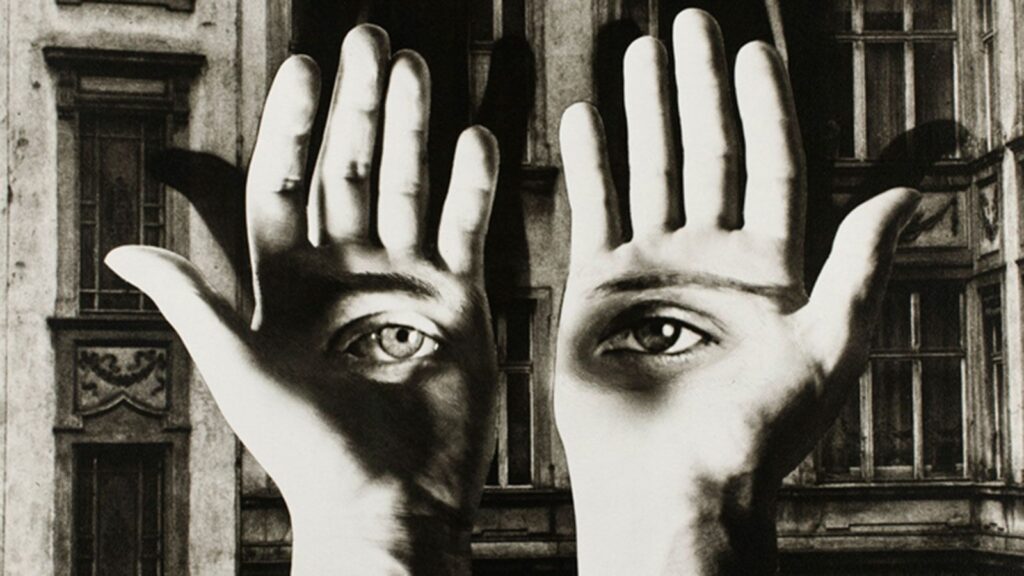

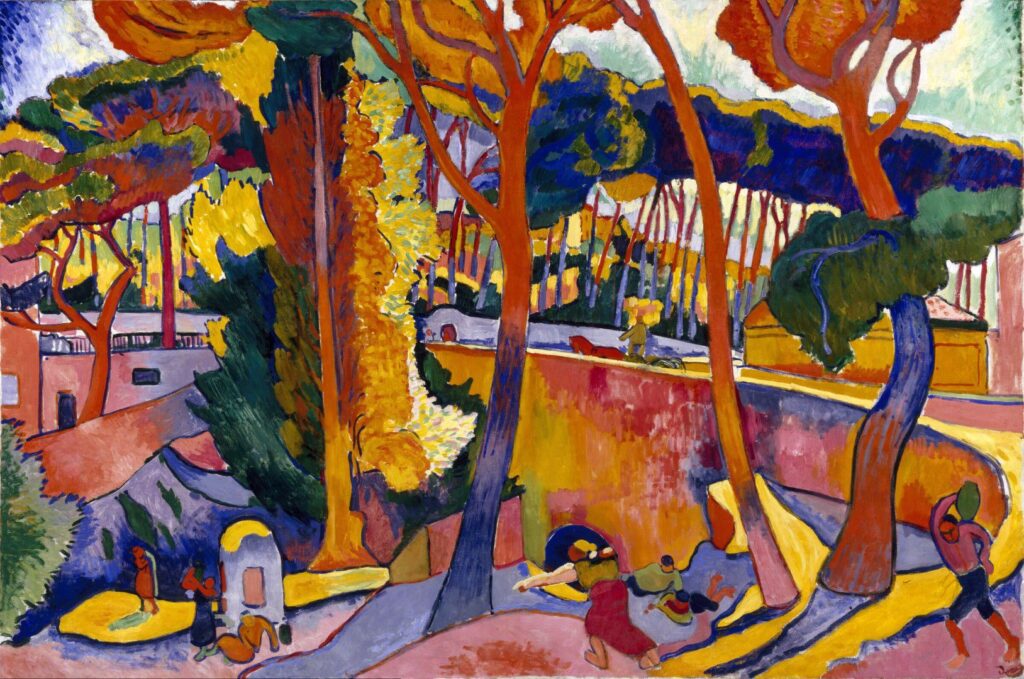

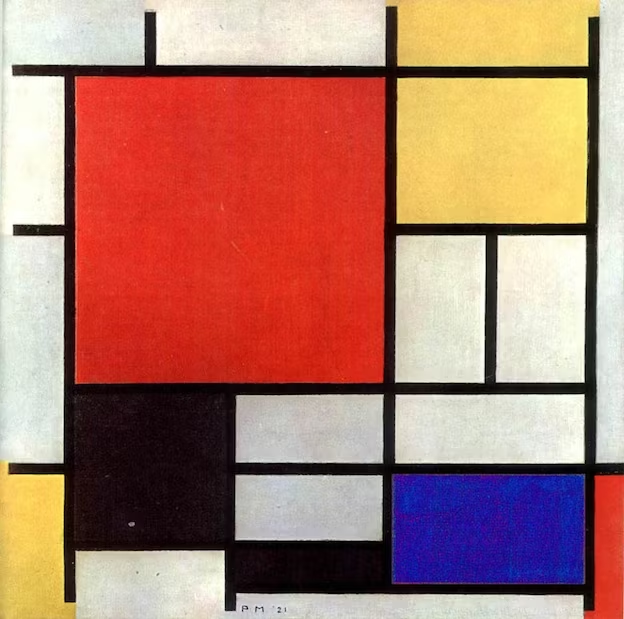
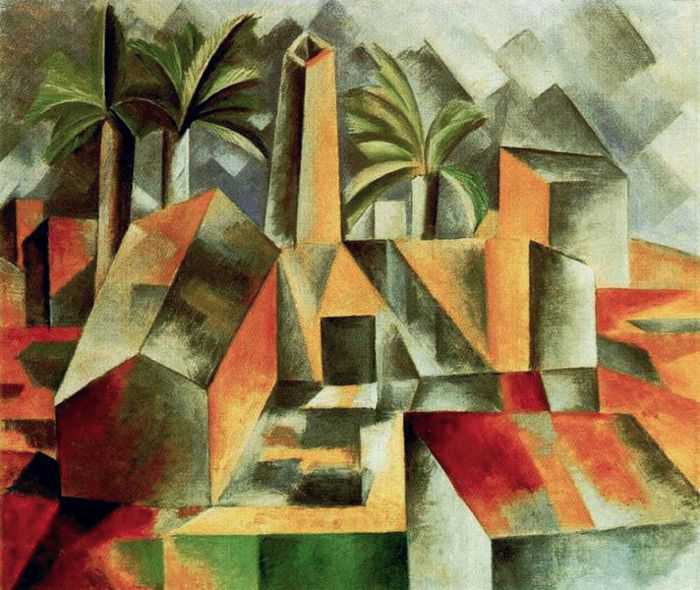
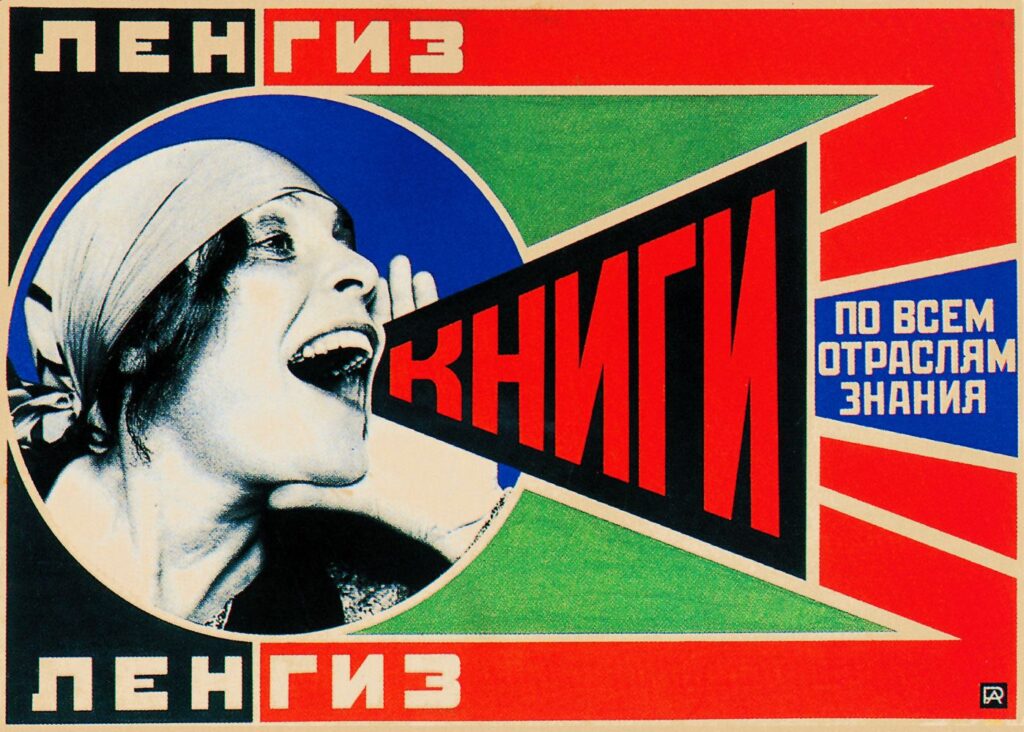
Choose one movements and produce a comprehensive blog post where you consider the following:
1. RESEARCH > artists associated with the art movement and produce a moodboard of examples of different art works
2. ANALYSIS > Write a couple of paragraphs where you describe what ‘united’ them?
– IDEOLOGY / MEANING > artistic, political, cultural, conceptual
– CONTEXT / LEGACY > what inspired the art movement and who in turn have they inspired?
– AESTHETICS / STYLE > how something looks > visual language > artistic techniques > pictorial surface
3. ARTISTS CASE STUDIES > select at least one artist associated with movement and produce an in-depth review of their work. Choose one key image and analyse using Photography Vocabulary Support: TECHNICAL > VISUAL > CONTEXTUAL > CONCEPTUAL
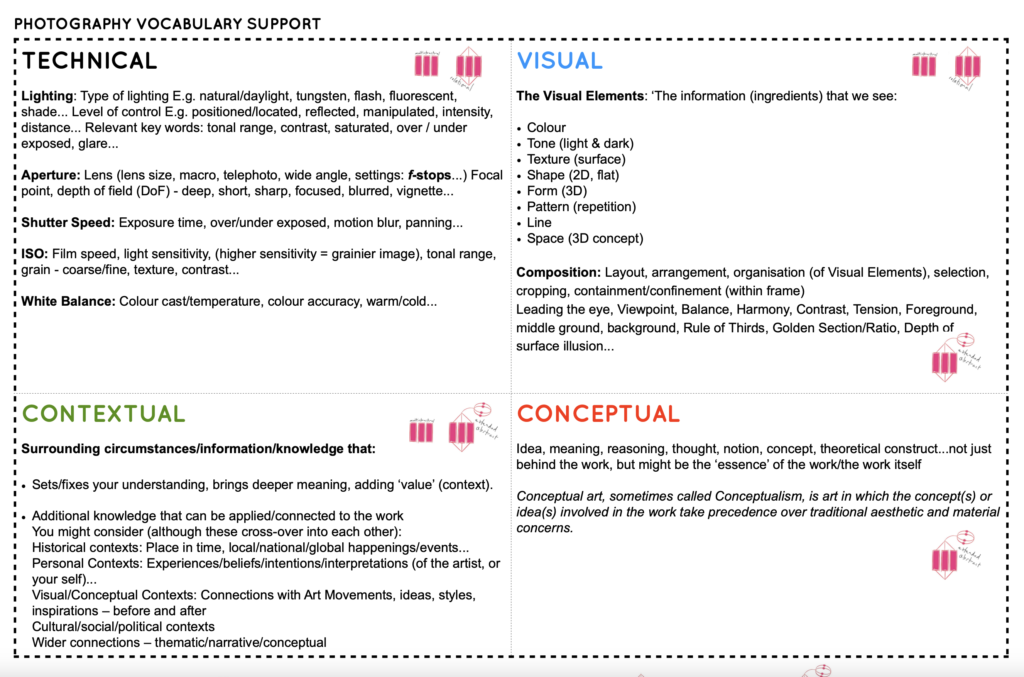
4. RESPONSE: Plan and produce a new photoshoot in response to chosen art movement / artists case study.
5. MANIFESTO: Most of the art movements above developed a MANIFESTO which set out the aims and objectives of the movement. You could respond to the ‘rules’ of a manifesto by producing photographic images / artistic responses and work towards writing your own manifesto from which new work is developed. In the spirit of the theme of UNION – a small group of students could collaborate and develop an artistic collective and produce a manifesto See previous A-level photography TASK 1: BREAKING THE RULES and TASK 2: MAKE A MANIFESTO
EXAMPLE: Cubism, a groundbreaking art movement birthed in the early 20th century, fundamentally altered the artistic landscape, introducing a novel perspective on representation and perception. Pioneered by luminaries Pablo Picasso and Georges Braque, Cubism sought to challenge the singularity of perspective, advocating for a multifaceted view of subjects. Through the deconstruction of objects into basic geometric forms and their subsequent reassembly, Cubism unveiled a new visual lexicon that emphasised the subject’s essence from diverse viewpoints, thereby questioning the traditional, fixed perspective paradigm.
Influential cubist artists:
- Pablo Picasso
- George Braques
- Juan Gris
- Jean Metzinger
- Paul Cézanne
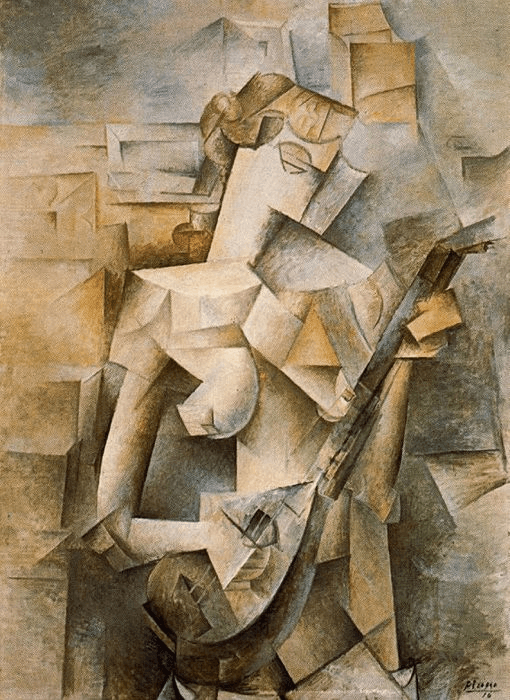


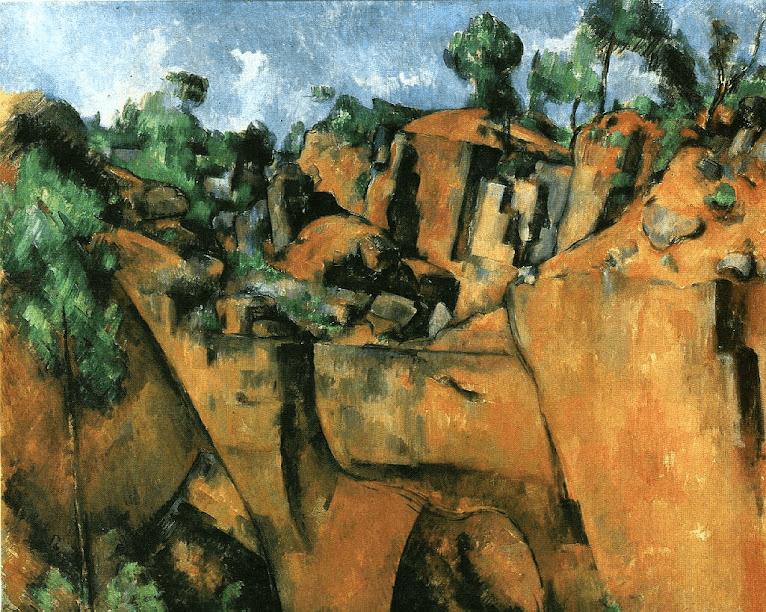
CUBISM’S INFLUENCE ON DAVID HOCKNEY’S ‘JOINERS’
In his joiners, Hockney’s engagement with Cubism is clearly evident, reflecting a deliberate integration of fragmentation and multiple perspectives into a cohesive visual experience. This technique allowed him to weave together distinct snapshots into a unified image that challenges and expands the viewer’s perception. By adopting Cubist principles, Hockney’s joiners break the constraints of space, offering a dynamic and enriched representation of scenes that revisit Cubism’s holistic approach to its subjects.



Learn more about Cubism here and other movements such as Dadaism, Futurism and Surrealism and other avant-garde art movements in the early 20th century.
Experimental filmmaking often overlaps with several of the avant-garde art movements described above. Though typically far less controversial than the most extreme avant-garde efforts, experimental films often confound audiences with their bizarre and boundary-pushing presentation and ideation. Experimental films and the avant-garde movement also sometimes share a penchant for the surreal.
Read more about Surrealism and film here
Portraiture > capturing emotions > tensions > love > tenderness
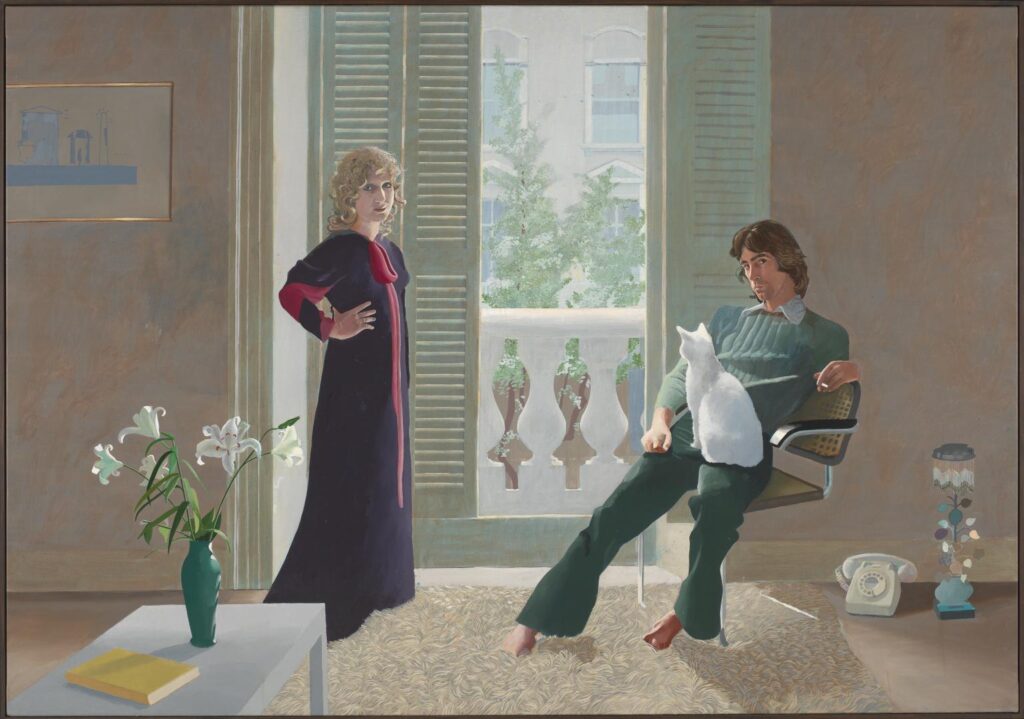
1970–1,
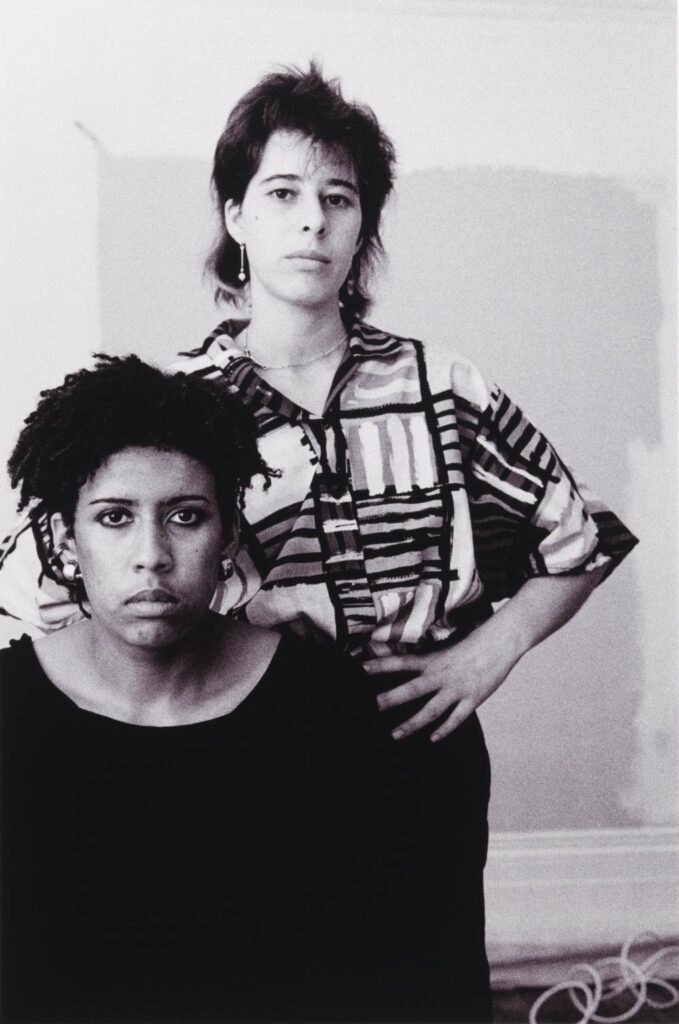
1984, printed 2018,
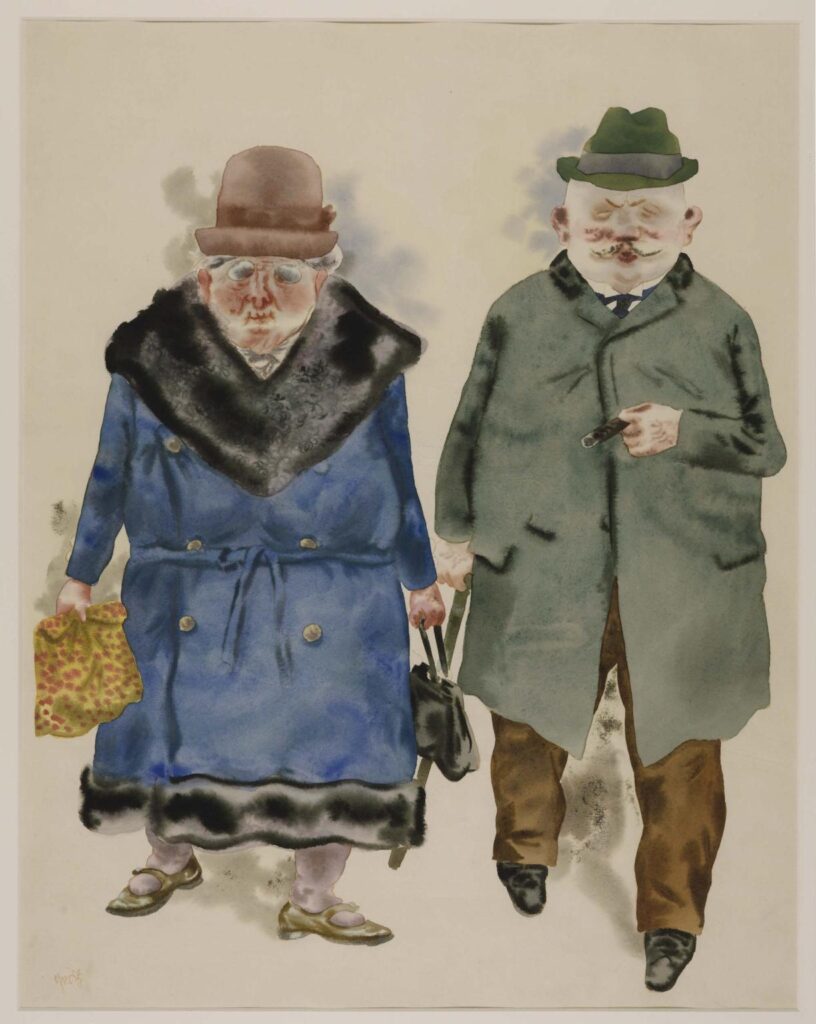
1930,
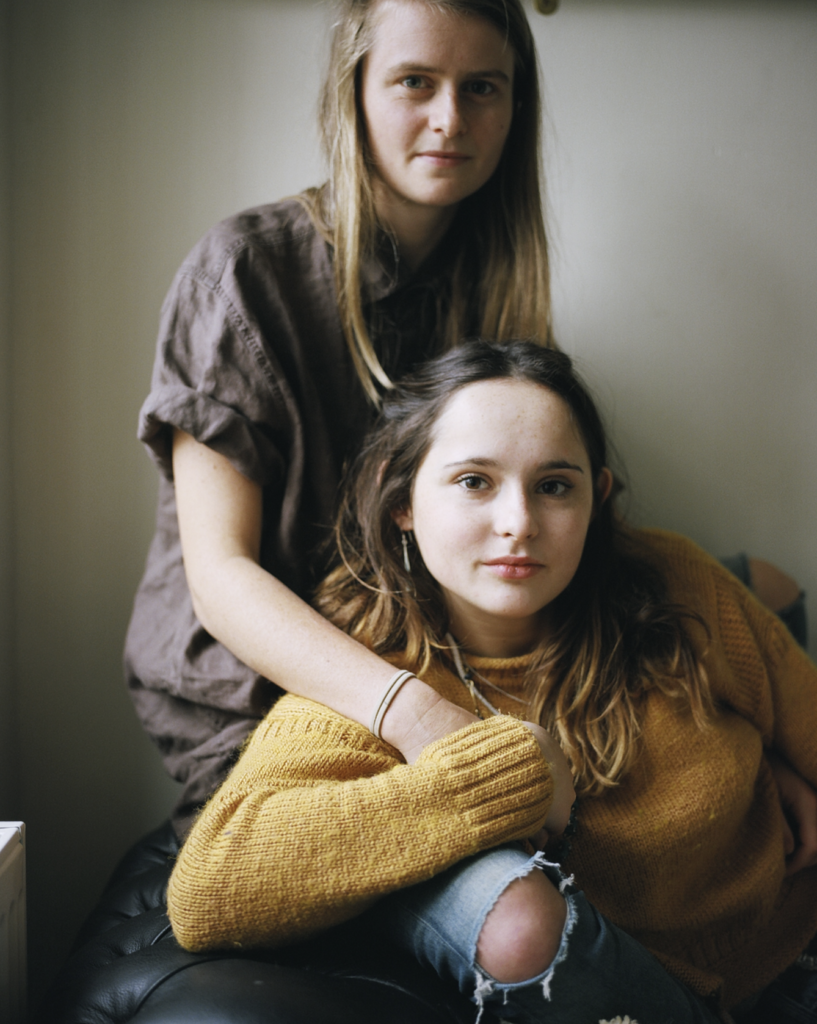
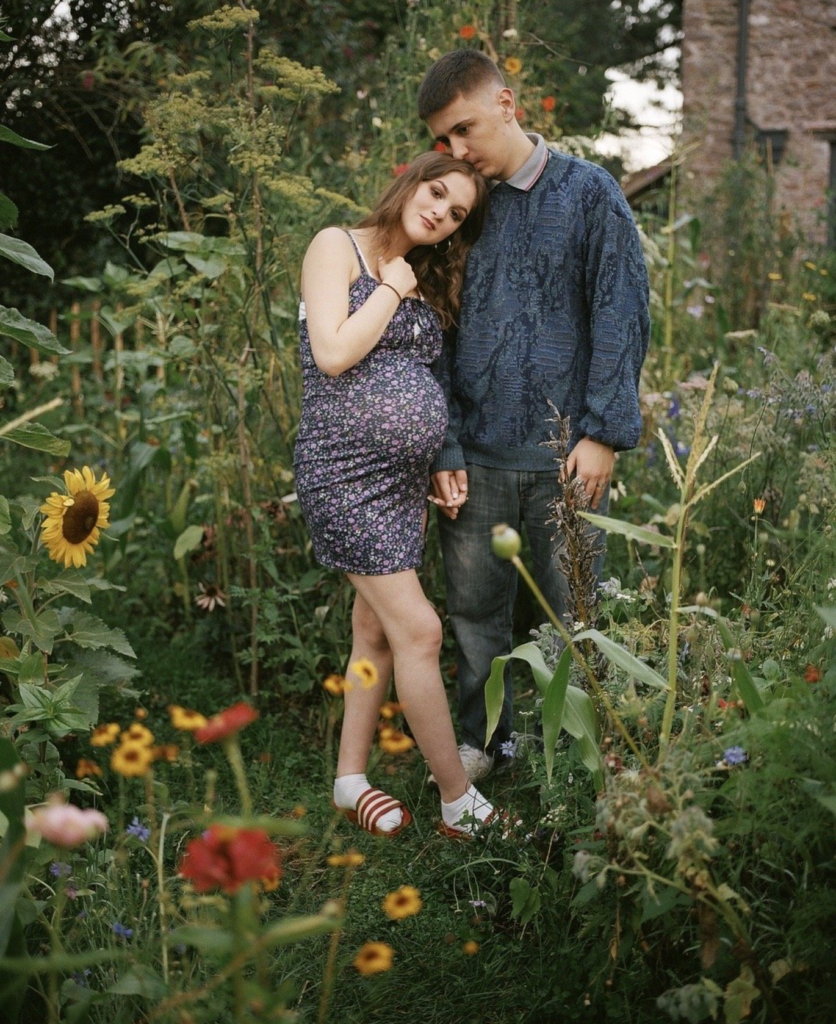

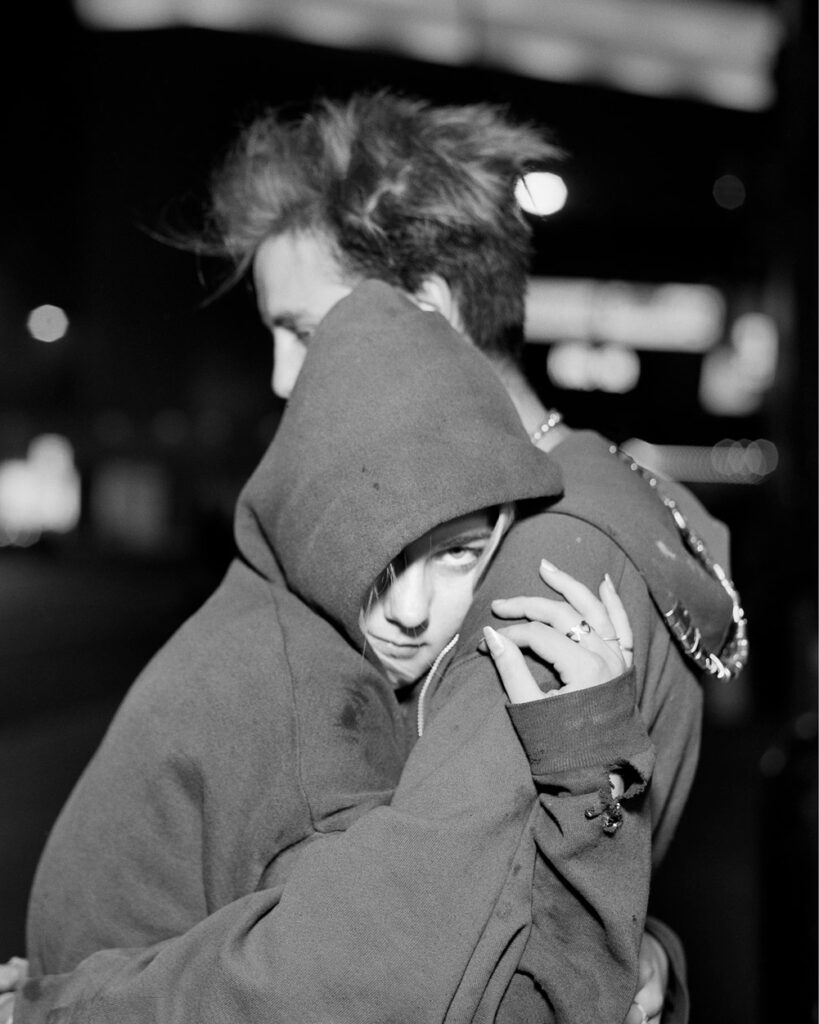

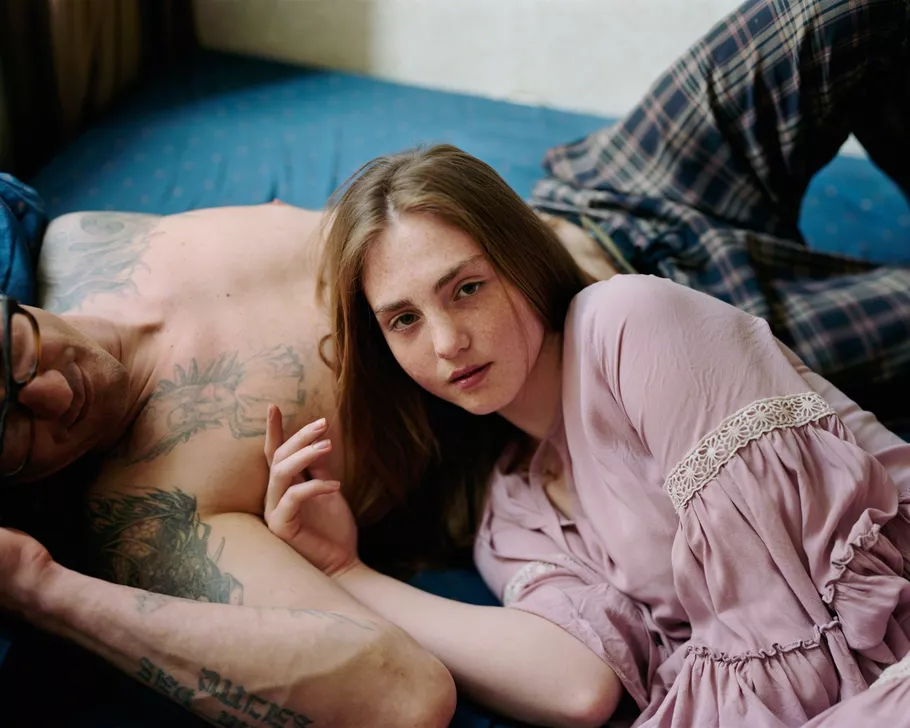





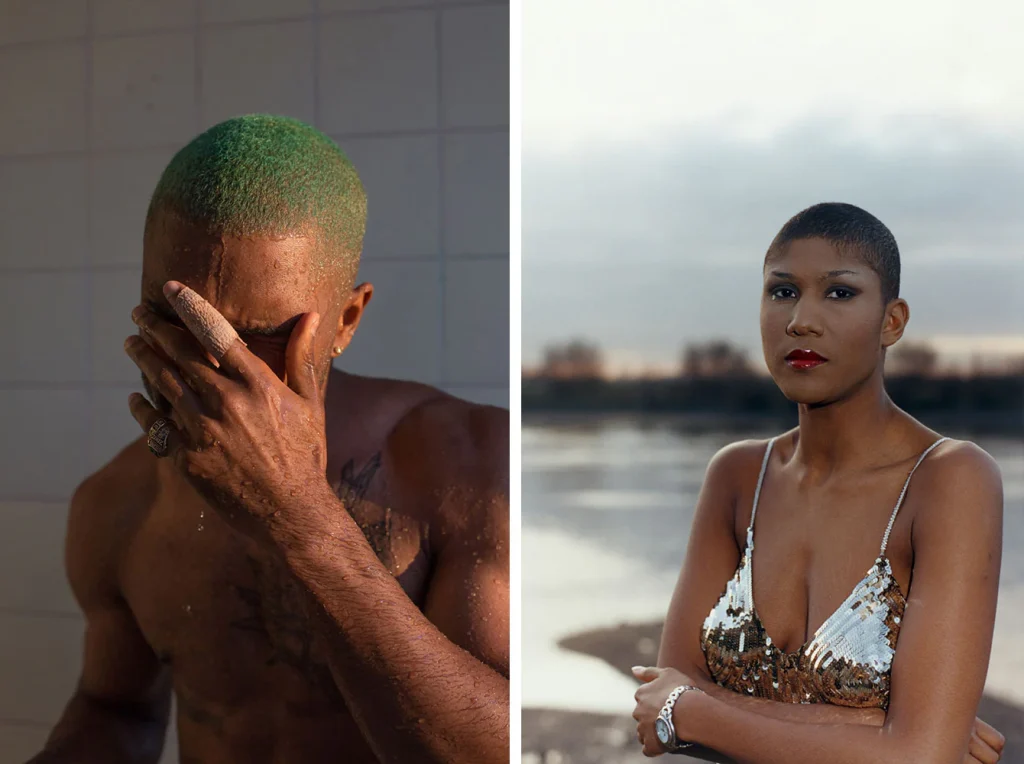

Collaboration > Interaction > viewer participation
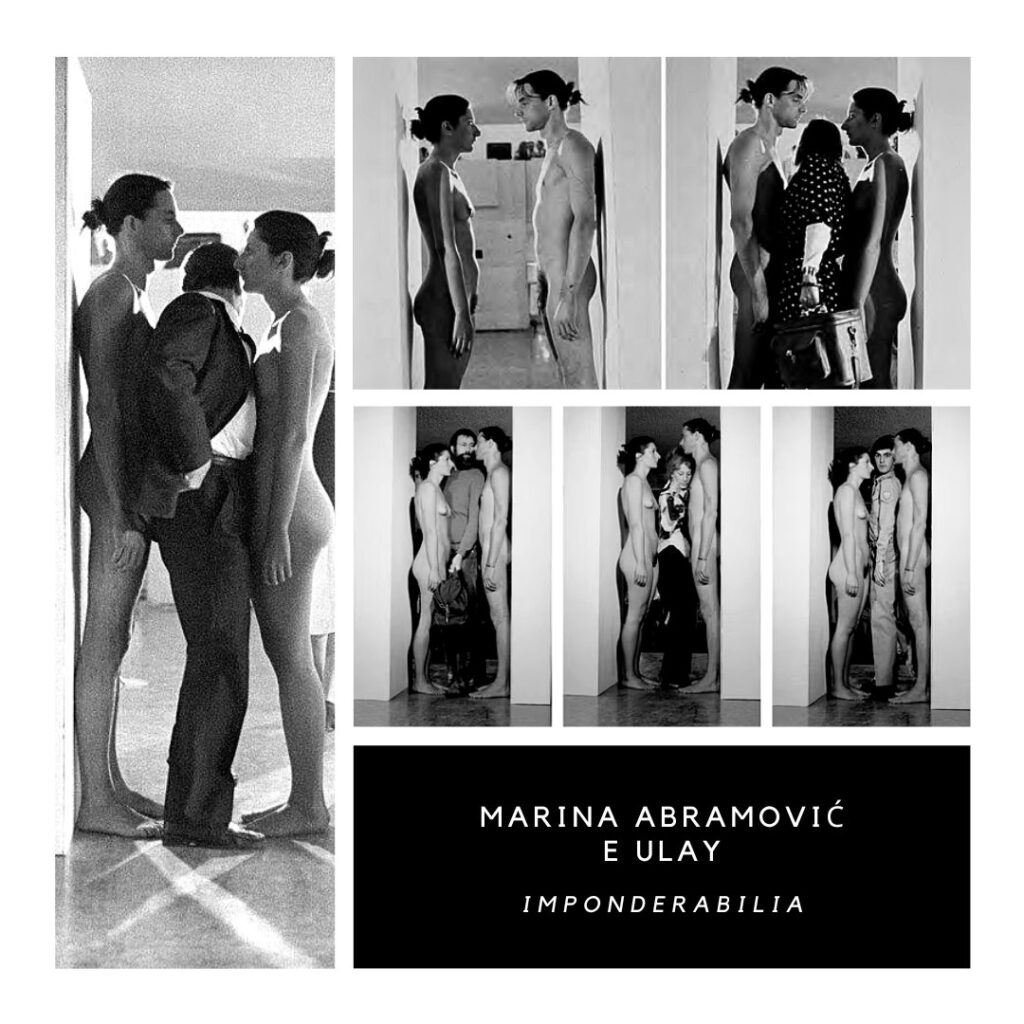
Marina Abramović and Ulay (Frank Uwe Laysiepen) were a collaborative performance duo known for their groundbreaking work in the 1970s and 1980s. After meeting in 1976, the two artists embarked on a twelve-year partnership that produced provocative performances exploring physical endurance, trust, and the artist-audience relationship. Their work together included notable pieces like Rest Energy and Imponderabilia, often testing the limits of their bodies and emotions. In 1988, they ended their relationship with a performance piece titled The Lovers, in which they each walked from opposite ends of the Great Wall of China until they met in the middle to say goodbye. While they pursued separate careers after their separation, their collaborative work continues to be celebrated as seminal in the field of performance art.
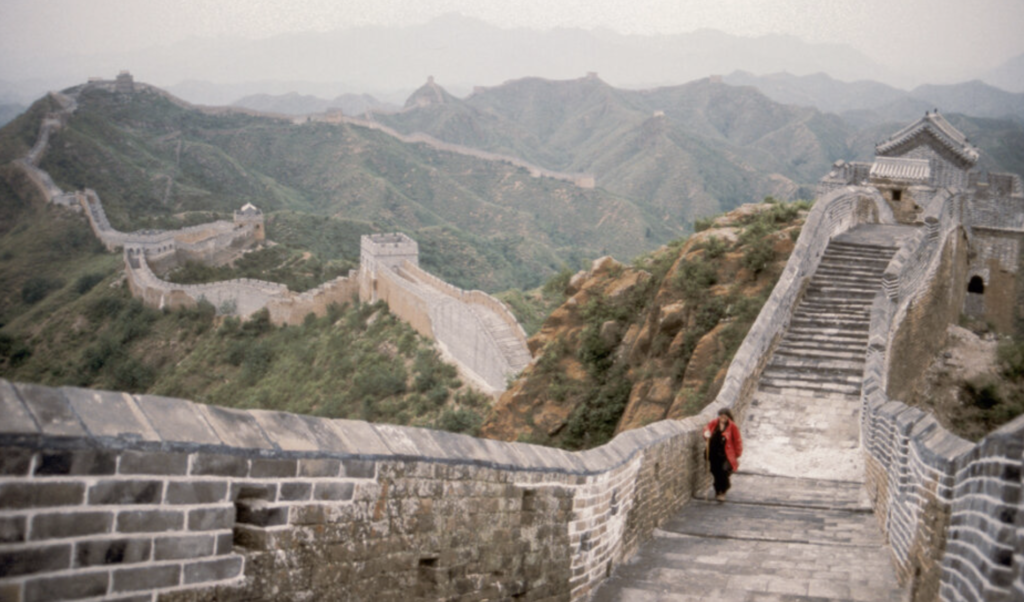


The morning that Ulay visited the MoMA, he popped in for a visit with Abramović after 22 years apart. And later on in the day, he surprised her by participating in The Artist is Present. When Abramović opened her eyes to view her next participant and realized it was Ulay, she smiled bashfully. The two former lovers gazed into each others eyes, emotions presumably racing, with Abramović finally reaching across the table to hold his hands. The crowd around them burst into applause and cheers for the reunion of this iconic pair. As Ulay got up and walked away from the table, Abramović wiped tears from her face. The genuinity and emotion of the moment moved audiences around the world and will live on in the hearts of many following his recent passing. To watch their interaction, check out the video below.
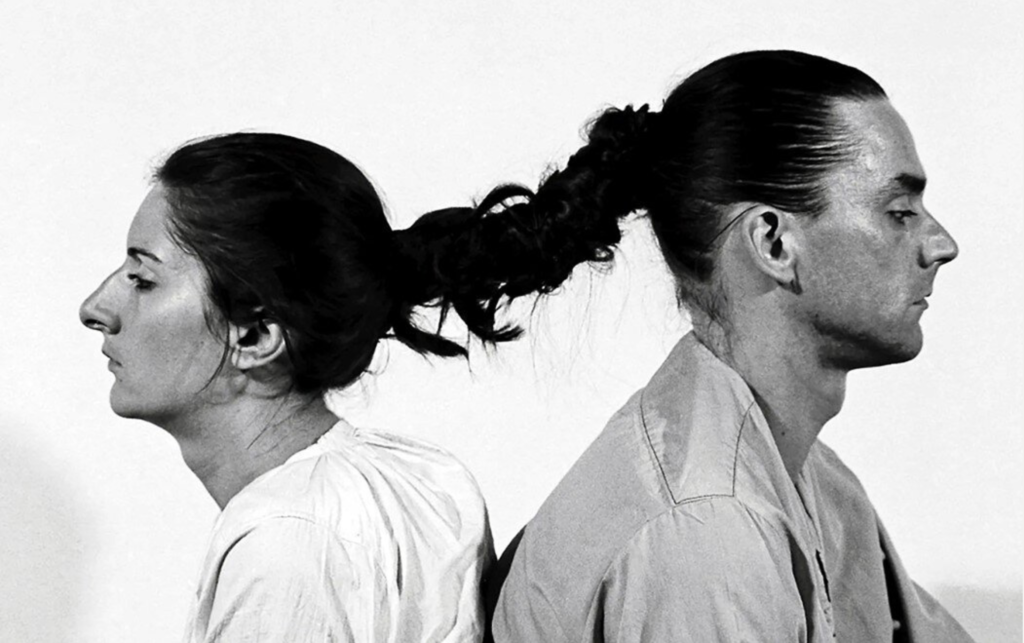
For this performance, Abramović and Ulay had their ponytails tied together, sitting back to back for hours on end. They first sat in that position in the museum without anyone else present (except for a photographer who took the odd photo of the status of their joint ponytail,) and once they got to the point where they could take it no longer, they invited museum visitors to view them. They wanted to see if having an audience could push them to stay longer, and succeeded with one extra hour back to back.
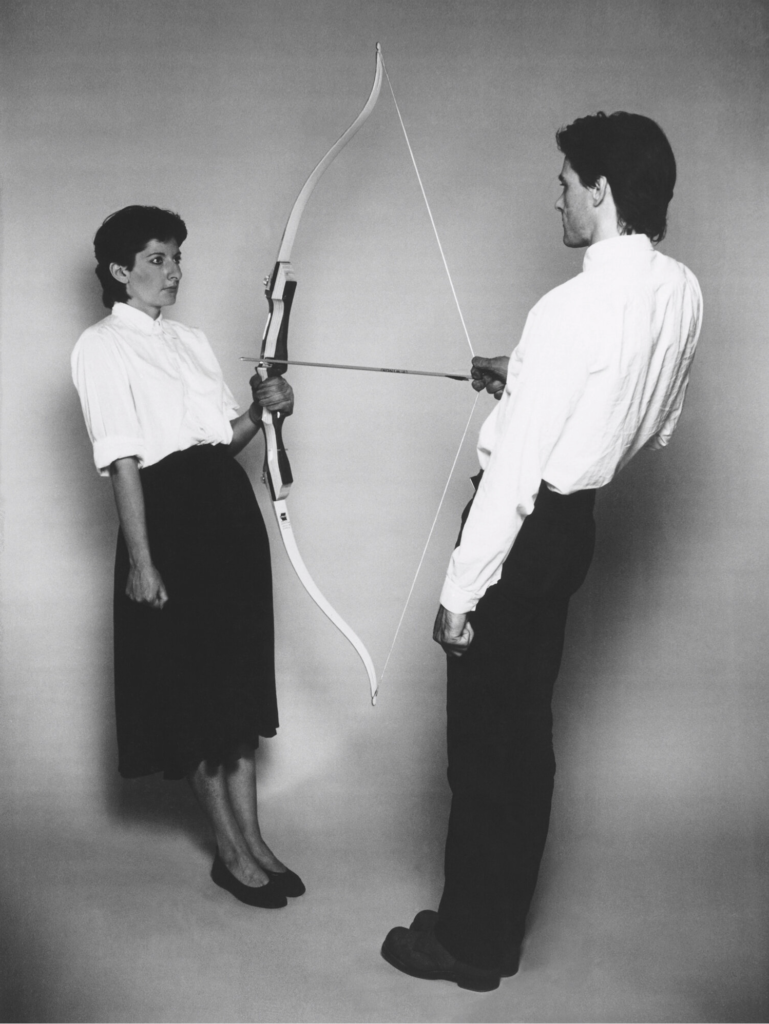
Read more here about the story of Marina Abramovic and Ulay
Read more here about Walking as art practice
Richard Long
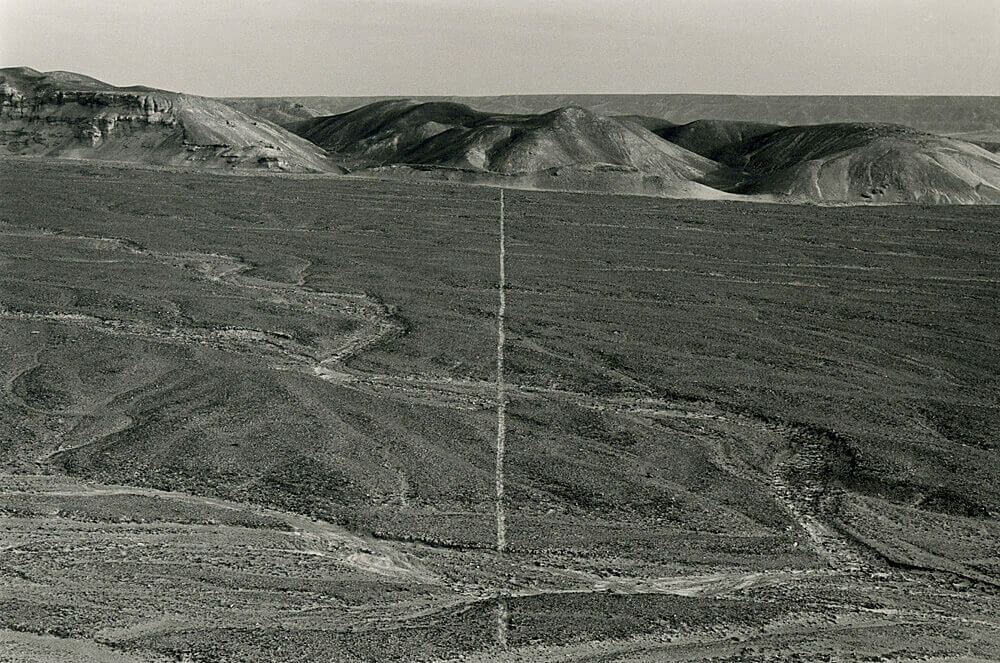

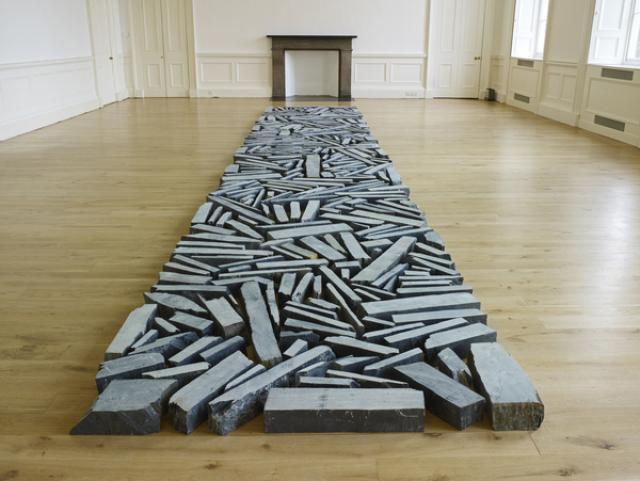
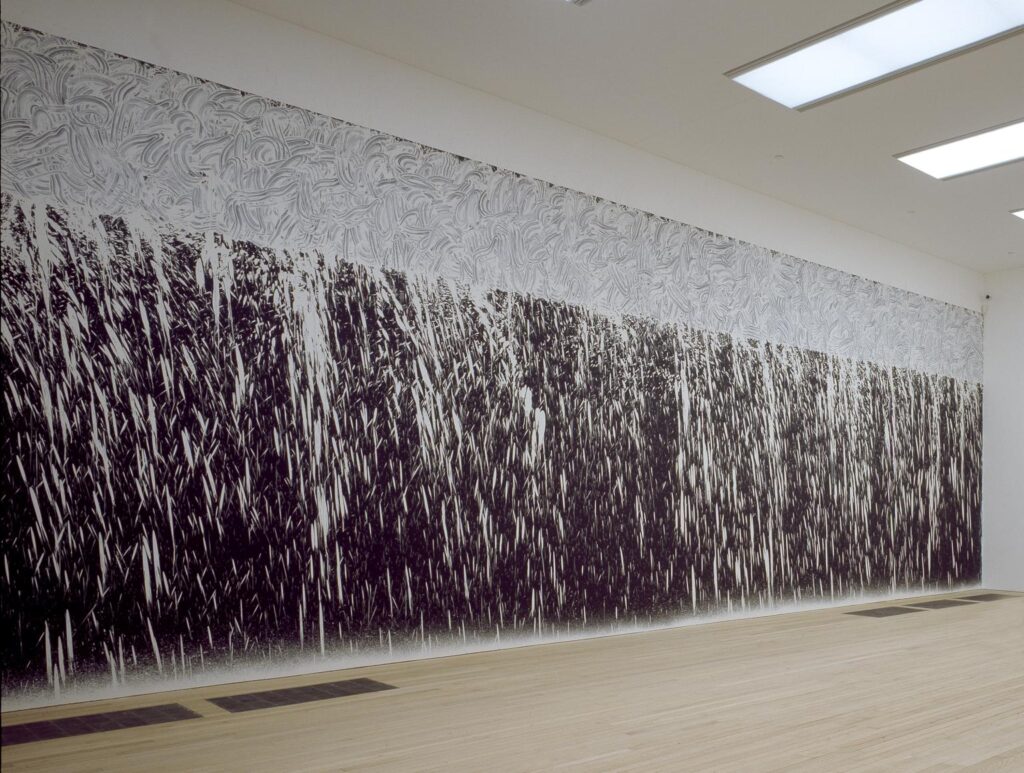
Hamish Fulton
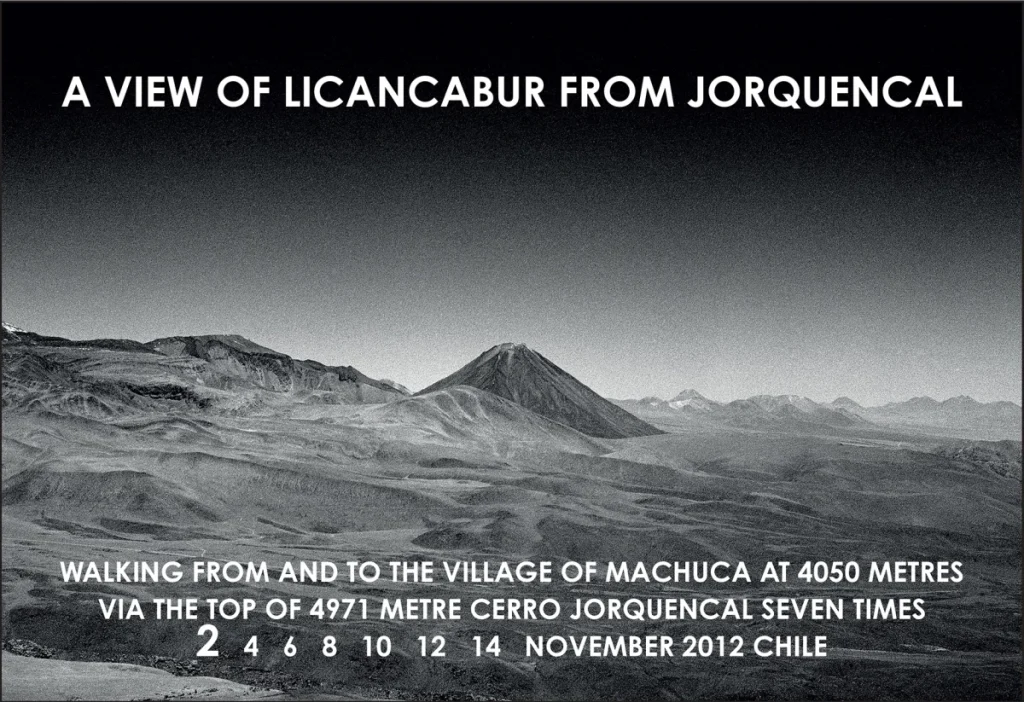
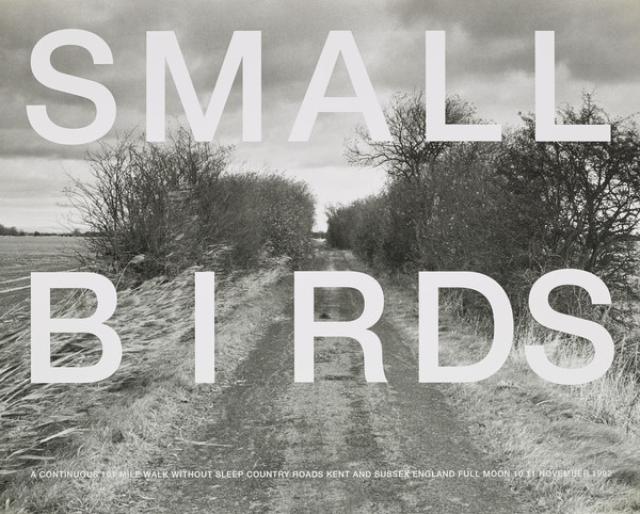


Finn Larsen: BANE / TRACKS
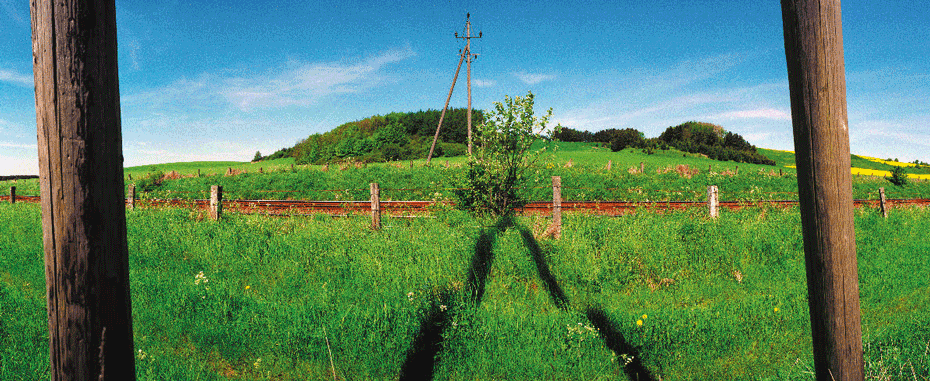
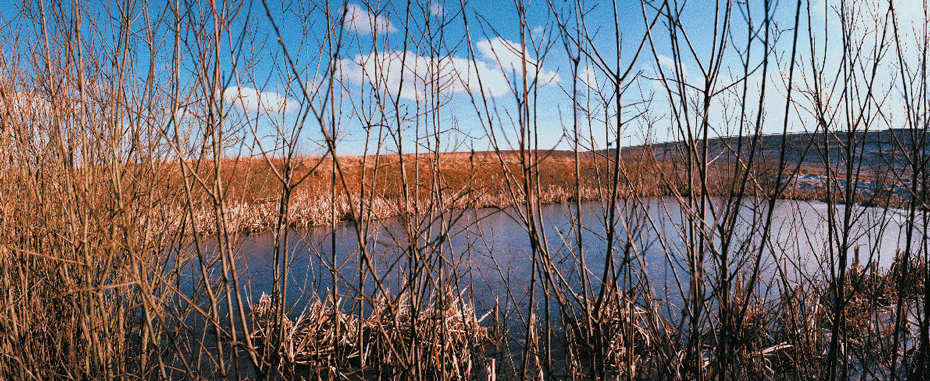
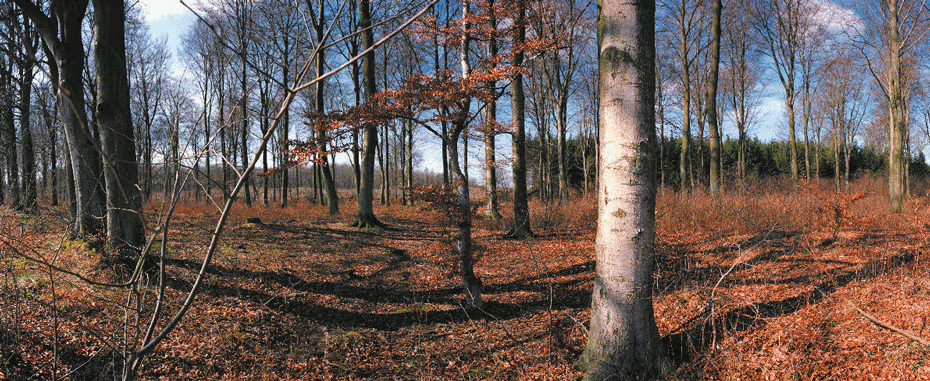

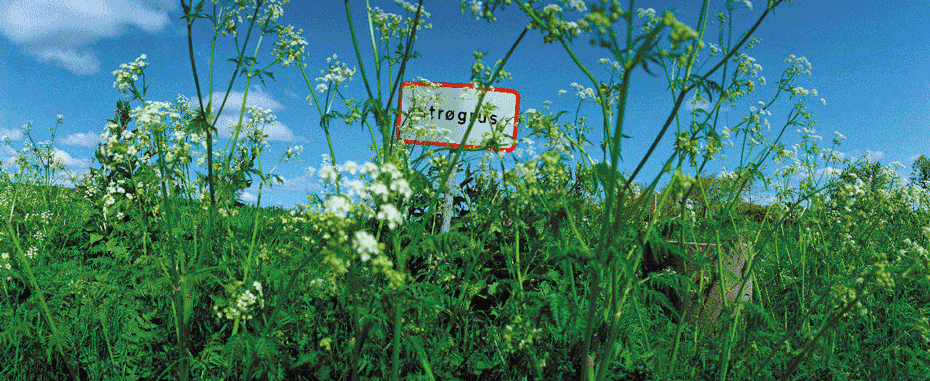
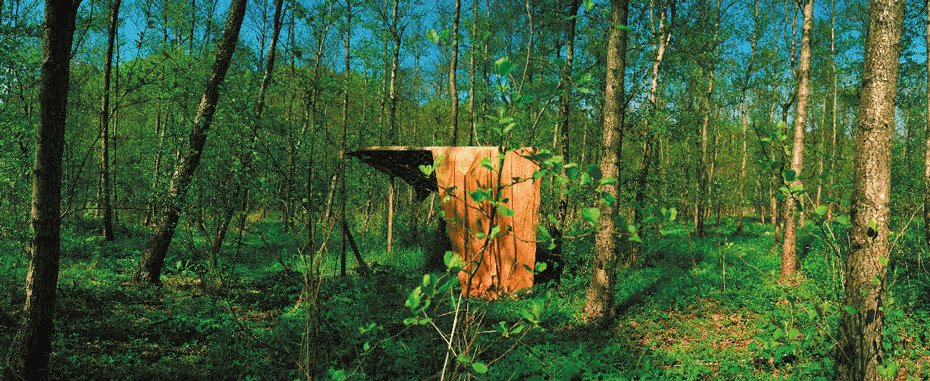
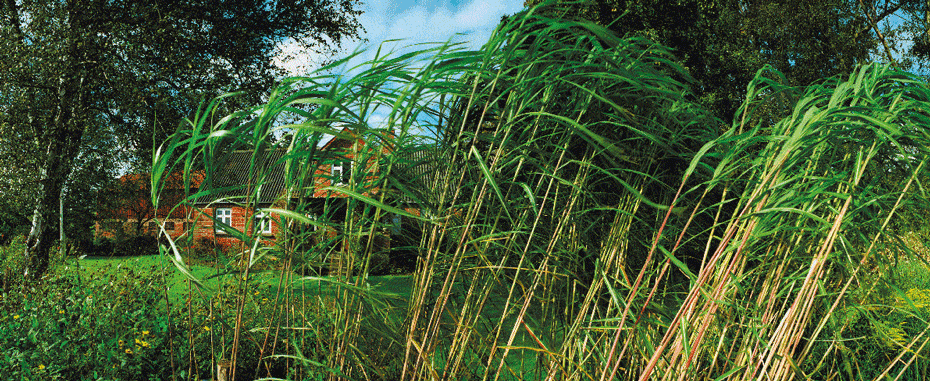
Joel Sternfeld: Waking the High Line

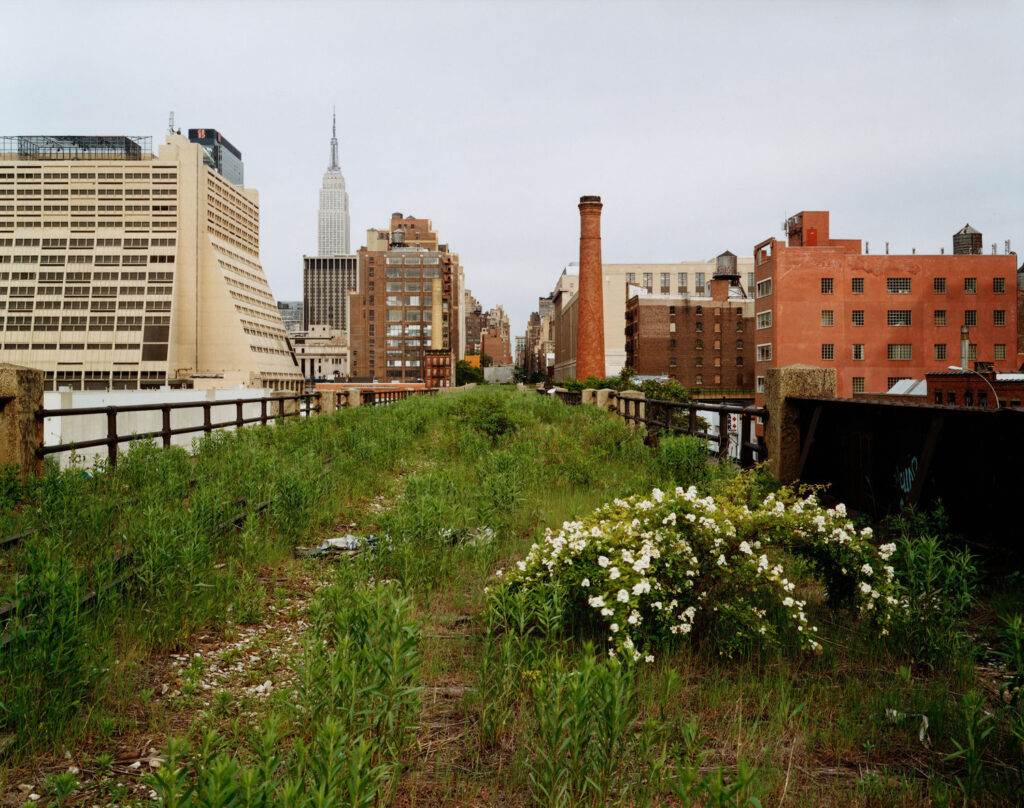
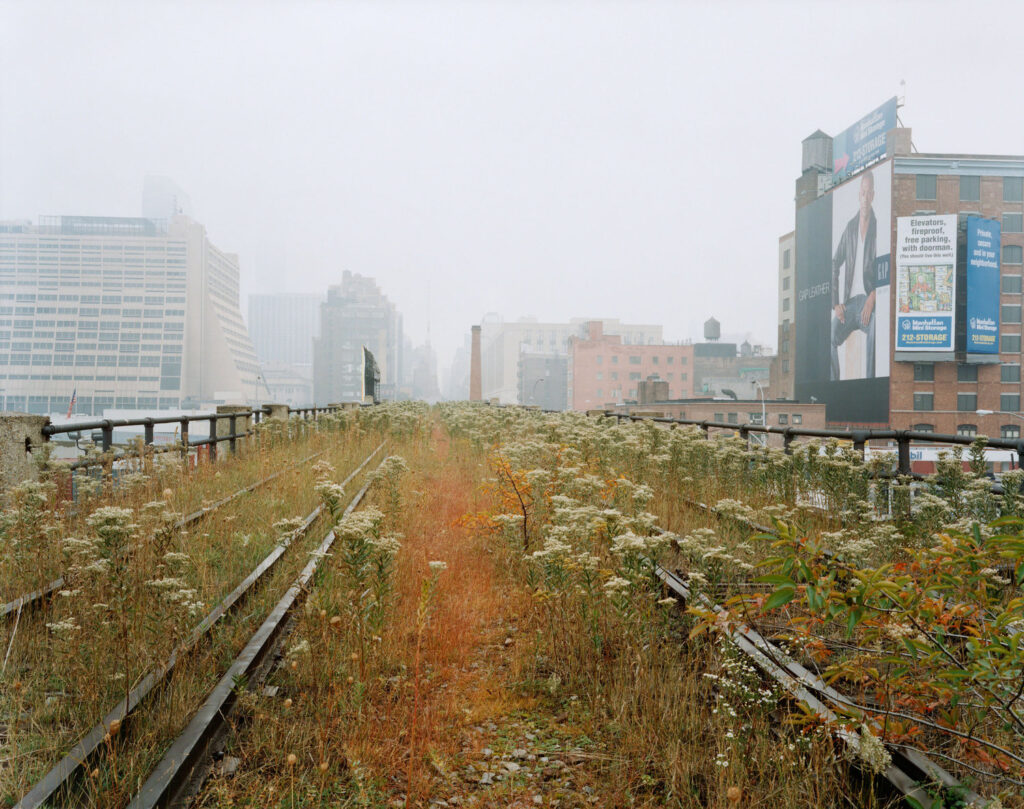
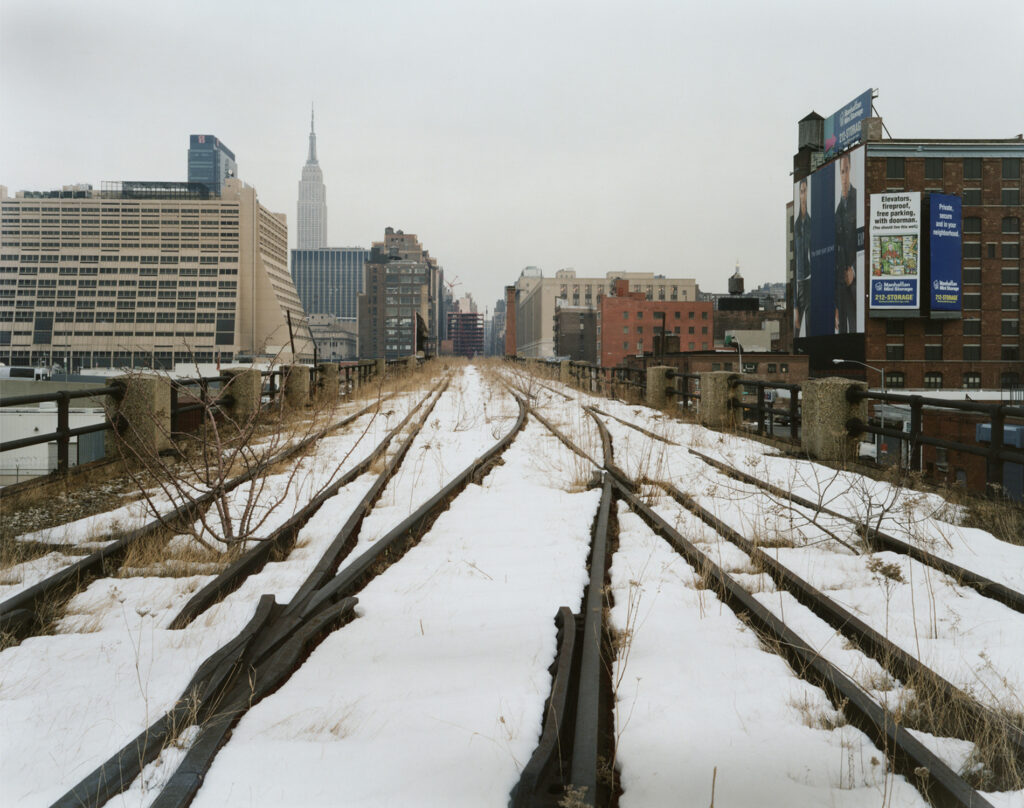
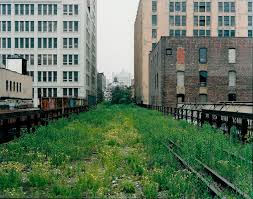
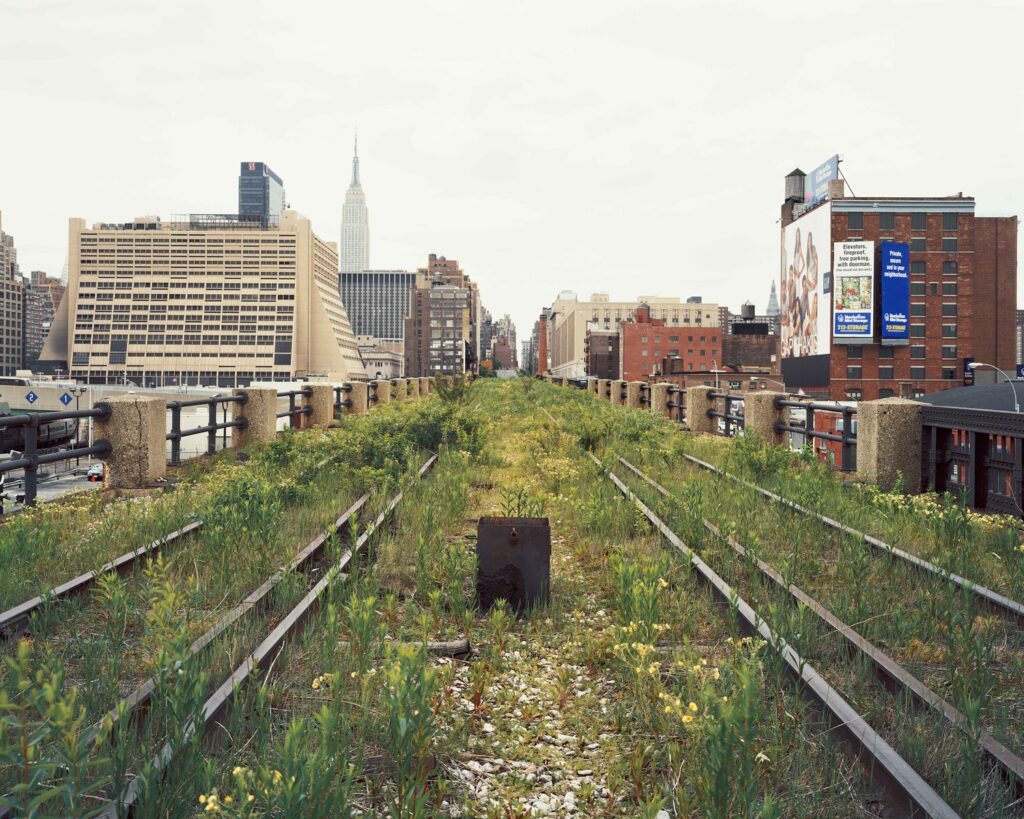
Mark Power: 26 Different Endings




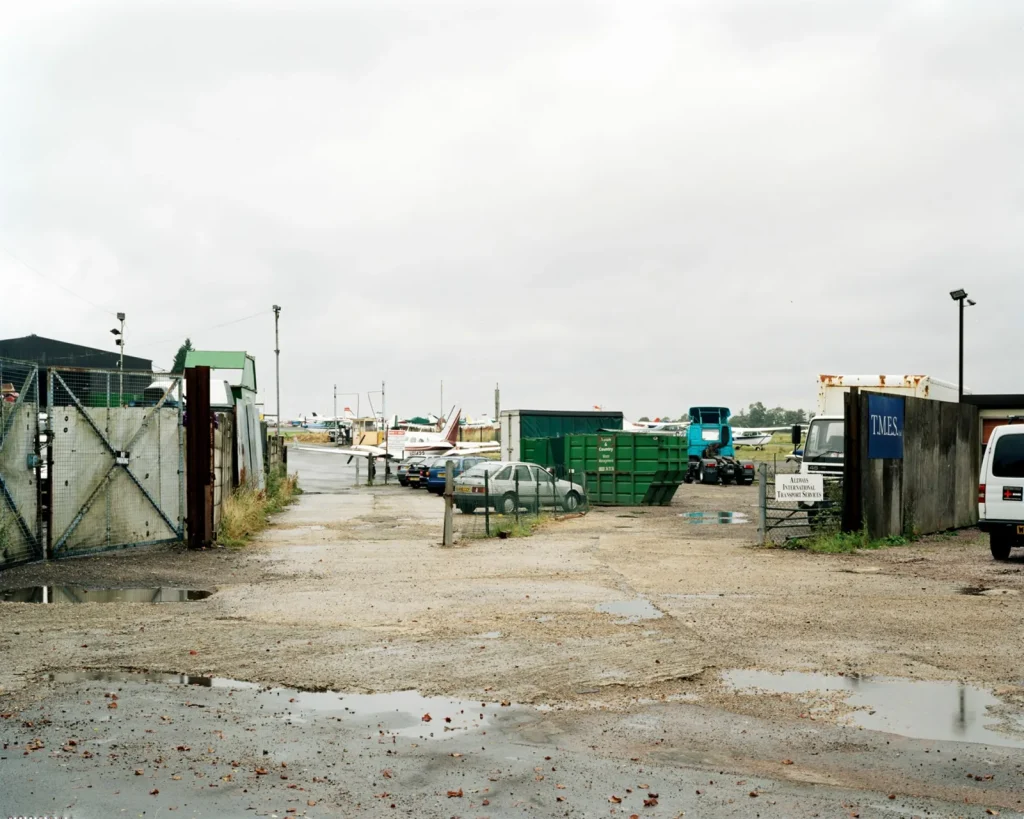
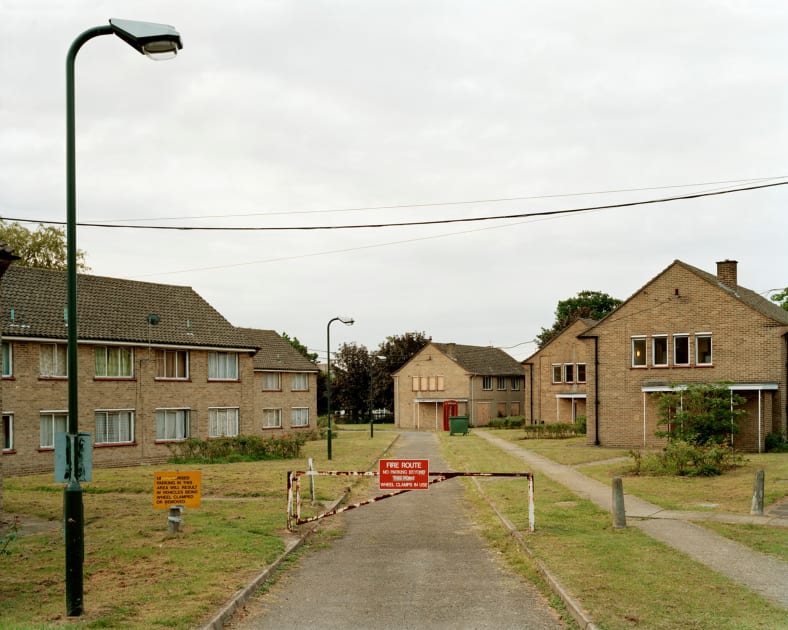
See also his other projects, Shipping Forecast and Good Morning America.
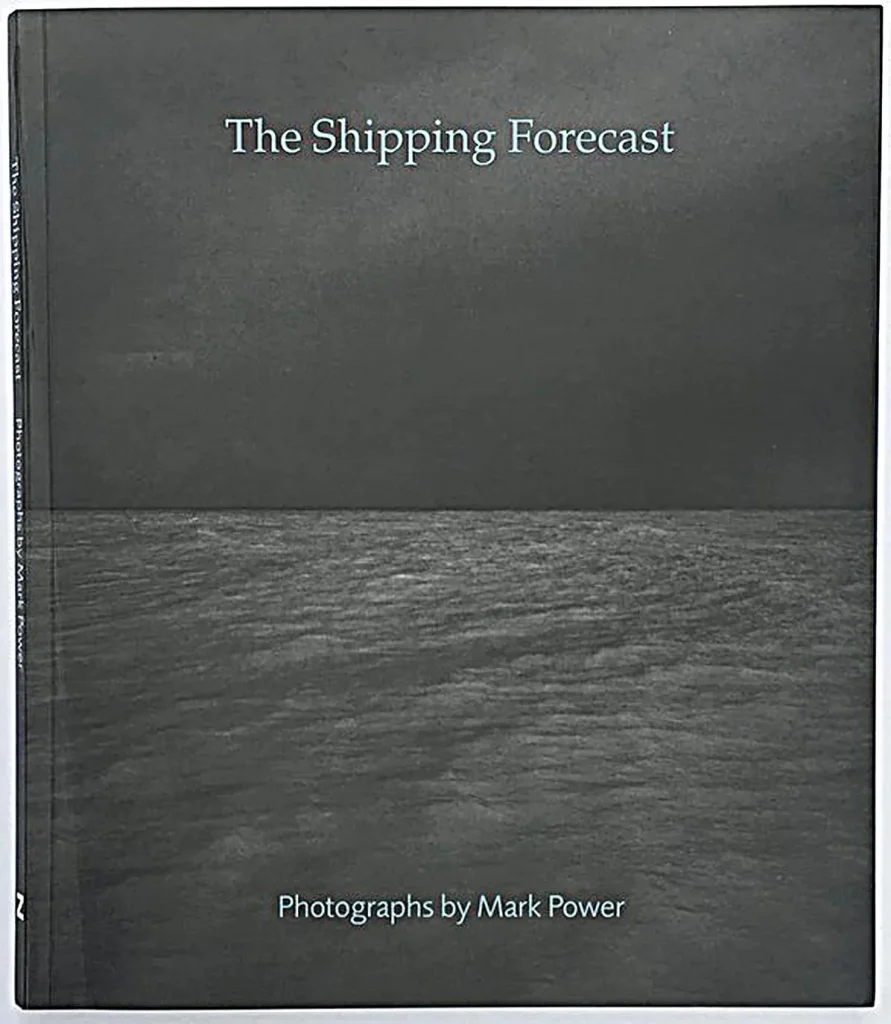



Michal Iwanowki: Clear of People and Go Home Polish

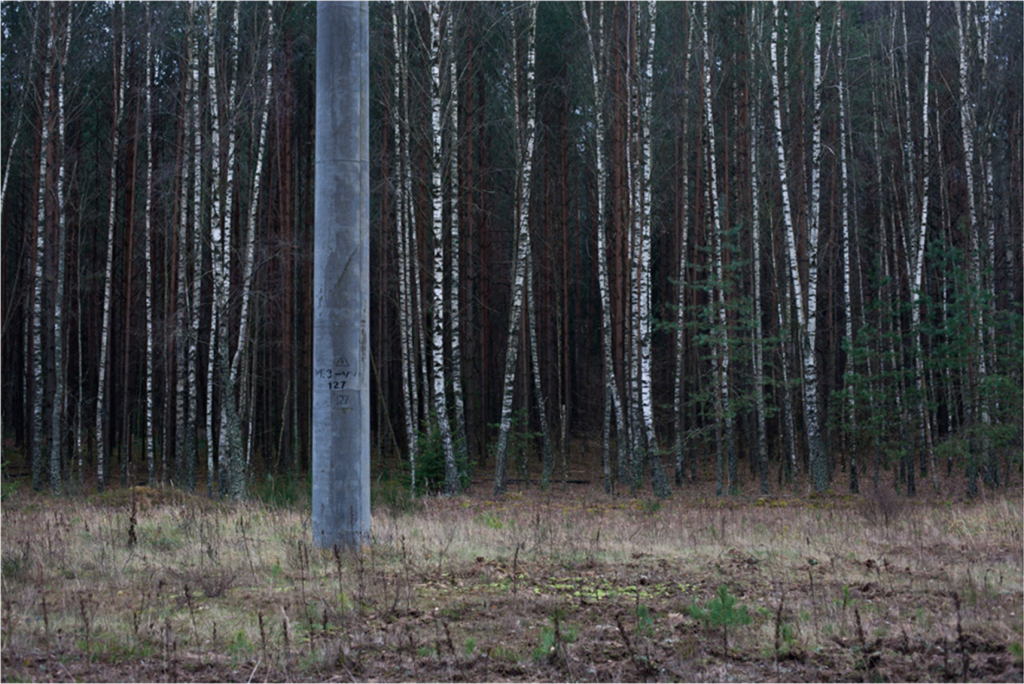
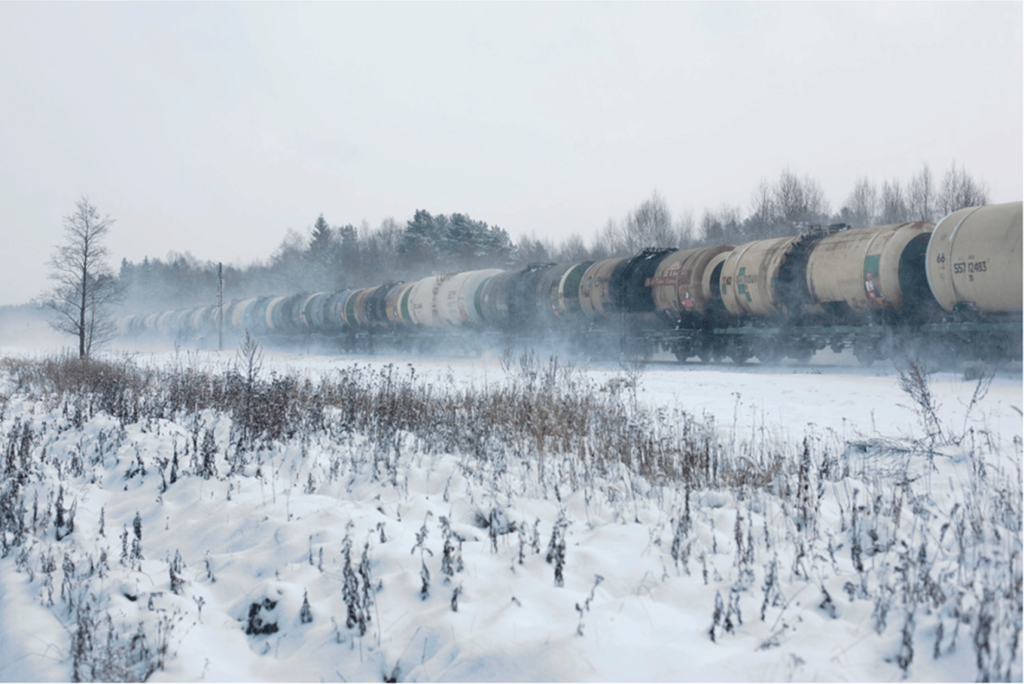
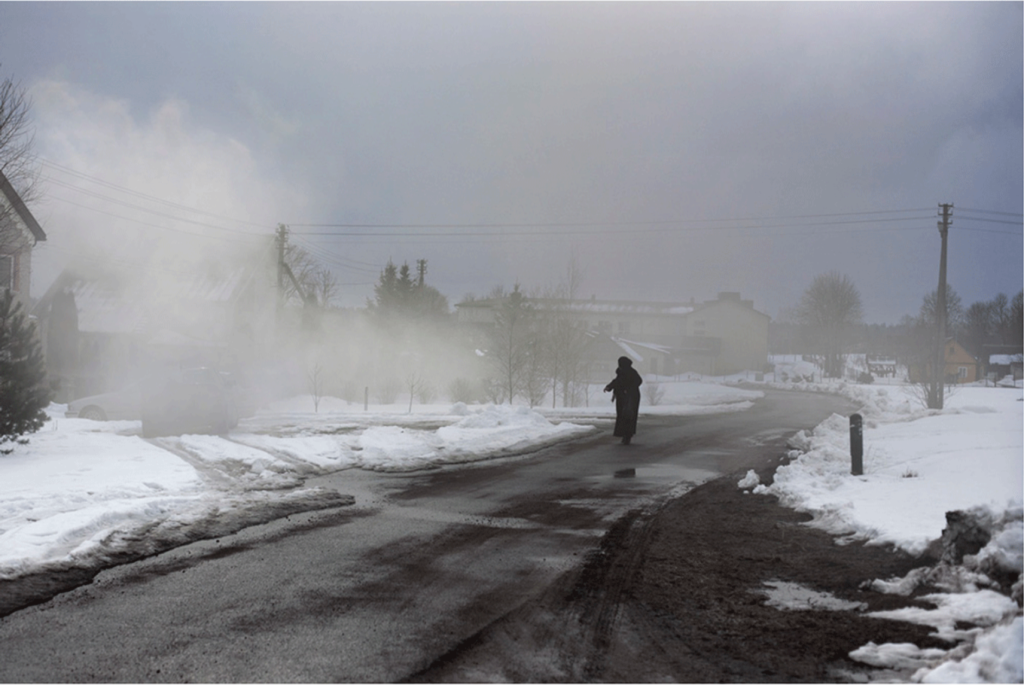

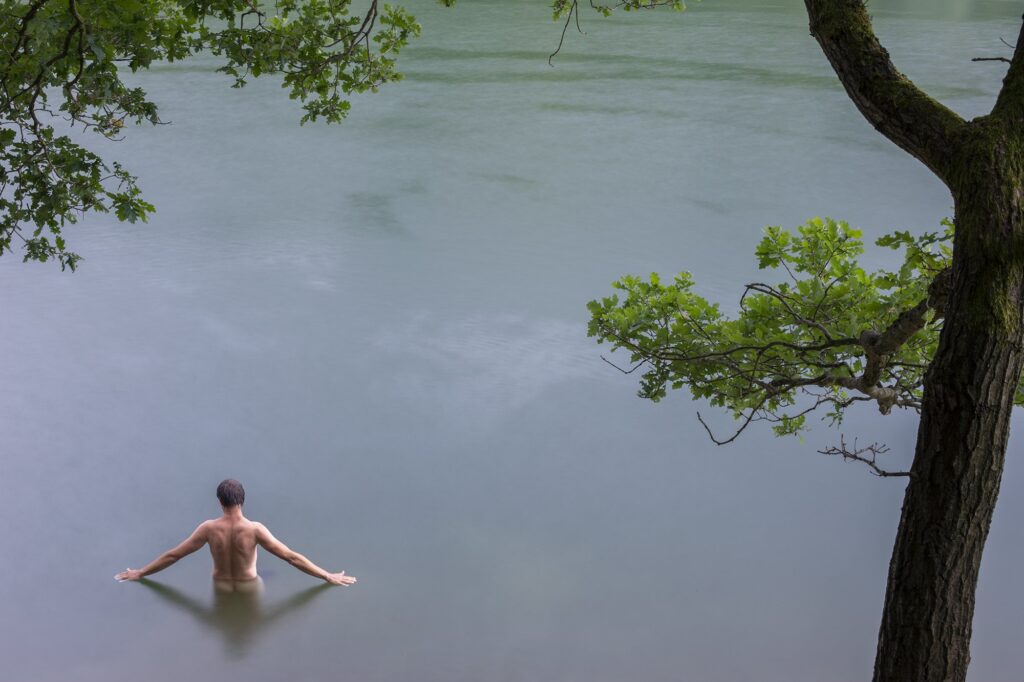


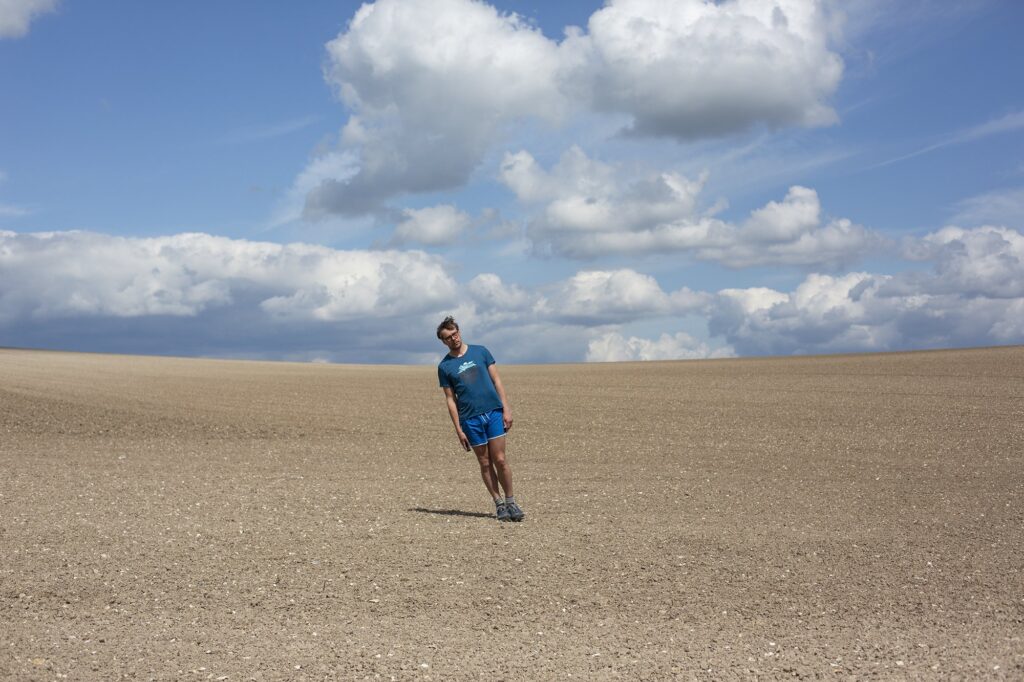
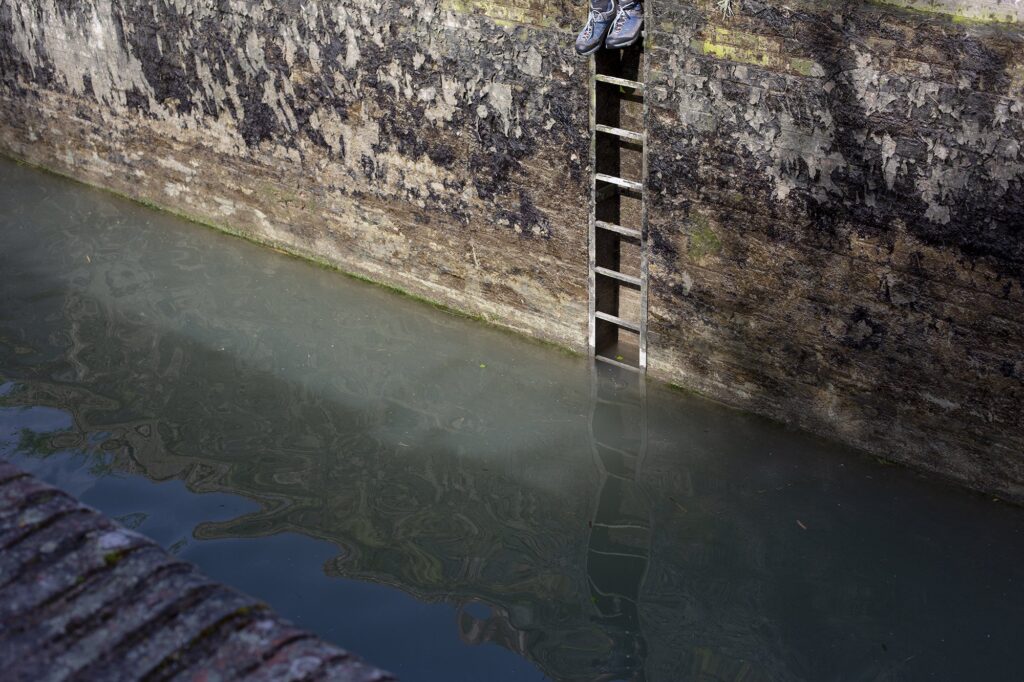
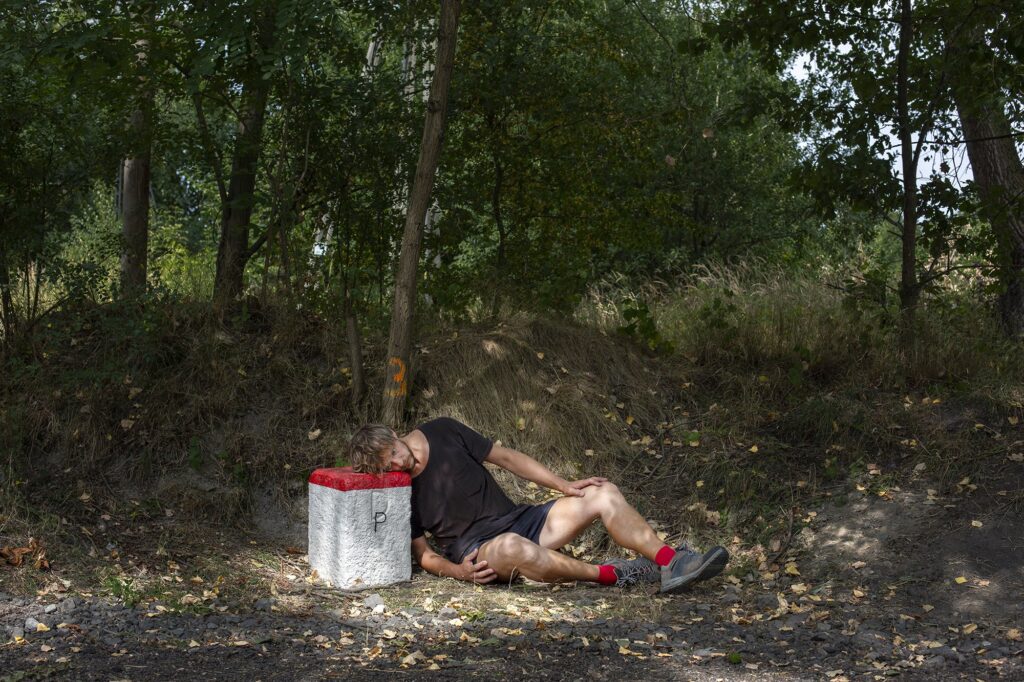

Martin Toft: INTERVENTIONS – A walk across Europe to Kosovo
INTERVENTIONS was conceived under the influence of war in Europe when NATO decided to intervene in the conflict in the Balkan in 1999. I was watching news bulletins on TV most nights and witnessed both the ethnic cleansing by Milosevic’ troops and the bombing by air by NATO forces. In the guise of a landscape painter (plein air) I began walking through Europe putting myself in the picture as a frontman; my own subjective broadcaster, interpreter and adventurer. I wanted to challenge the artist’s social function and explore people’s perception of art and its possibilities of creating a dialogue for peace. My idiosyncratic performance during 78 days across the European landscape is an inquiry into distance – the journey itself. It is the existence of the journey, and not the essence of the destination. Kosovo is not the subject of my work but a mere stop to my journey. My position is akin to that of a passer-by constantly trying to situate himself in a moving environment. Each intervention is another fragment of the story that is being invented and a challenge to the narrative and economic structure of Western representation.
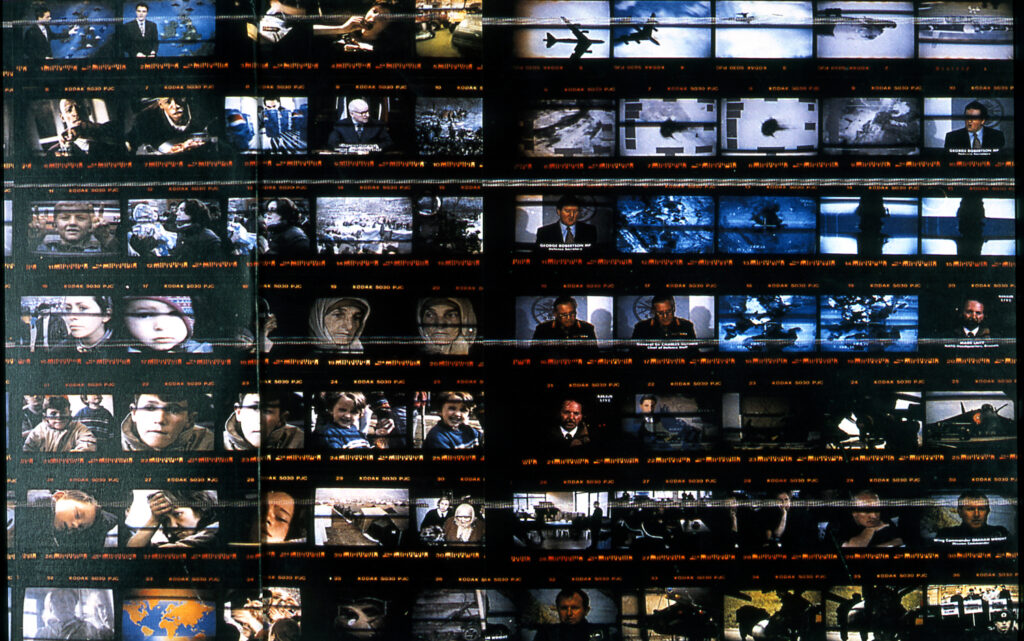

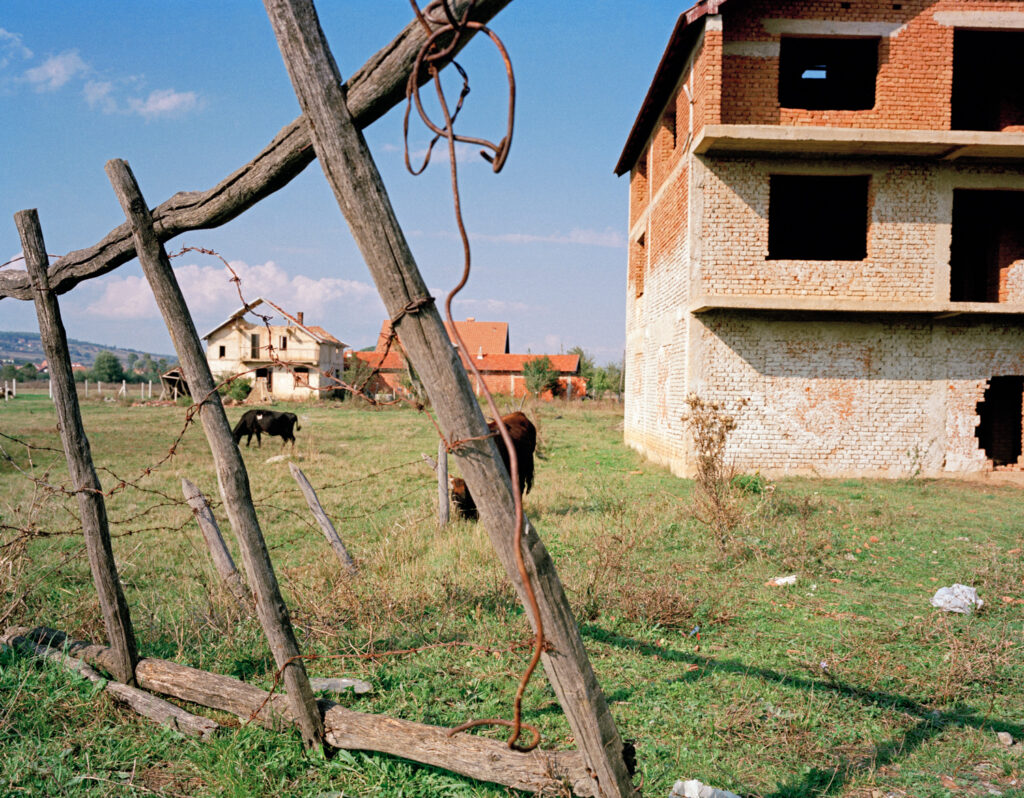

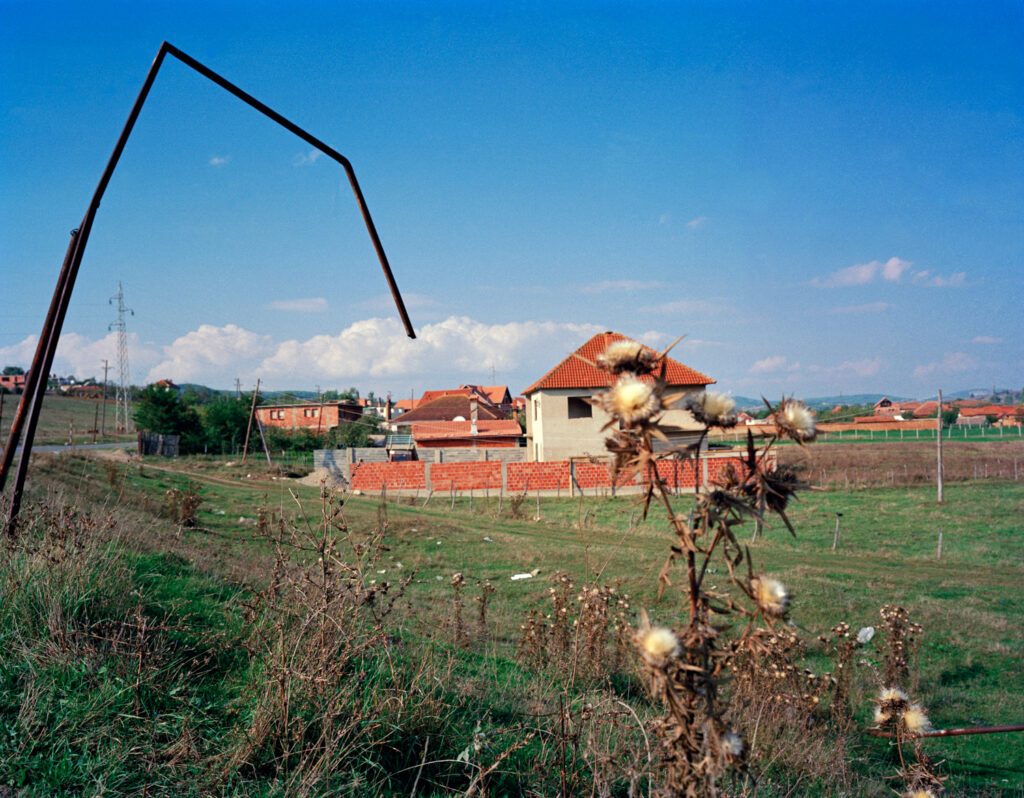
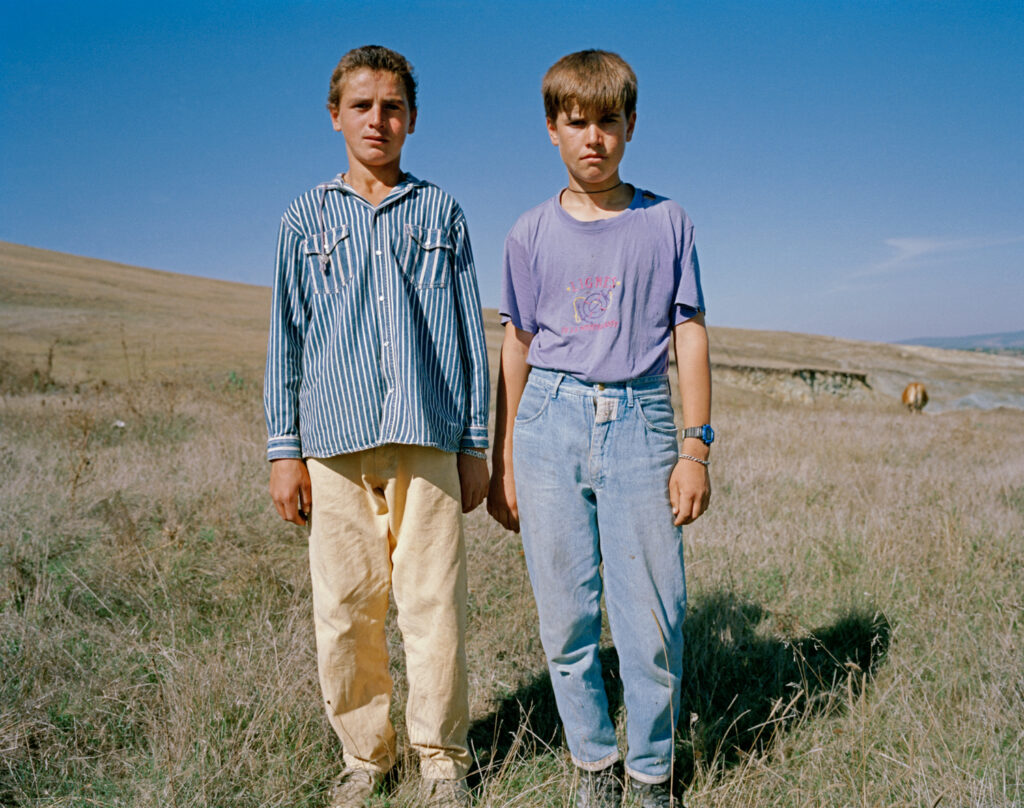
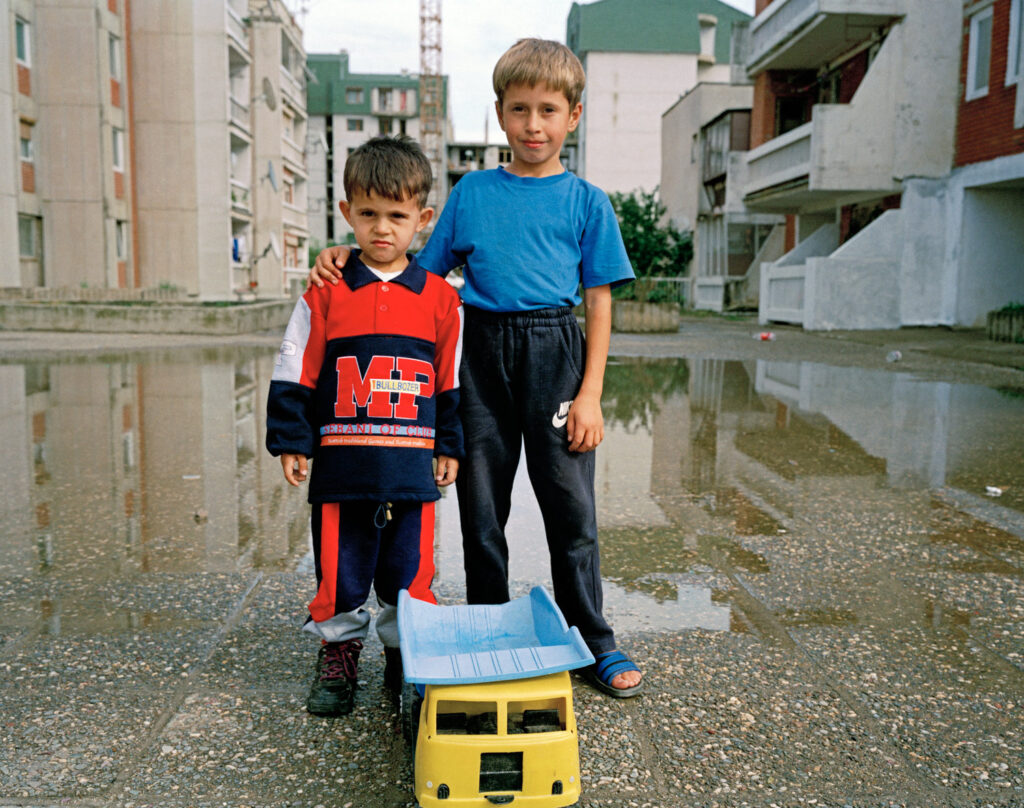
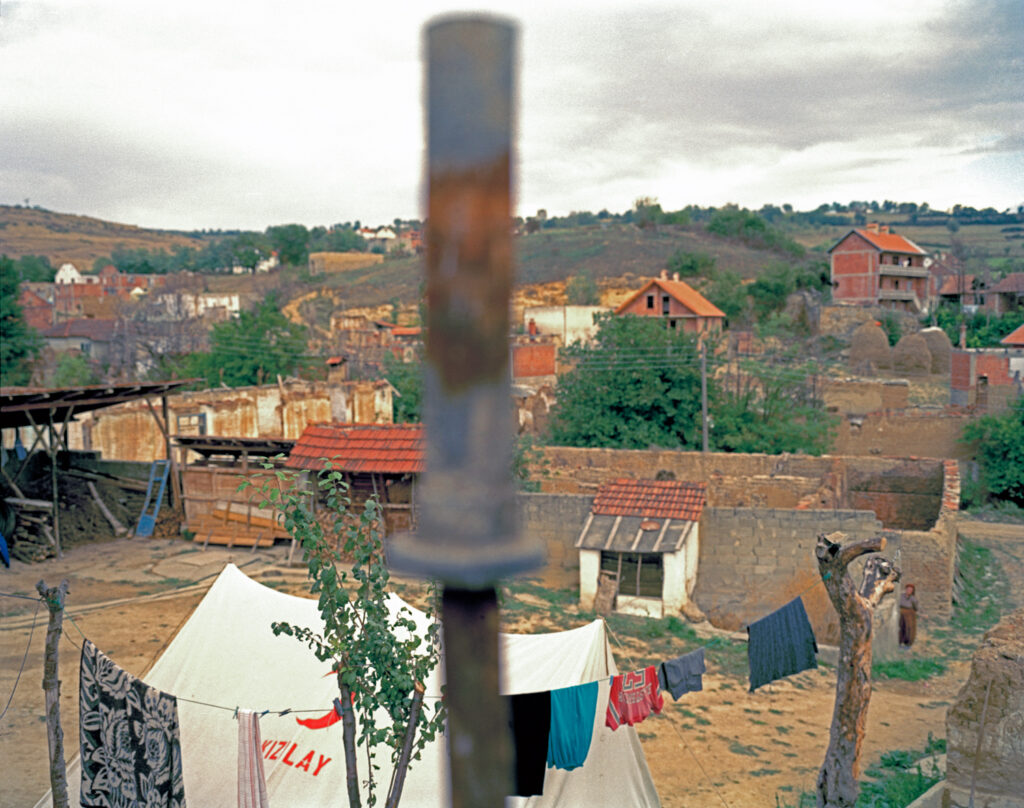
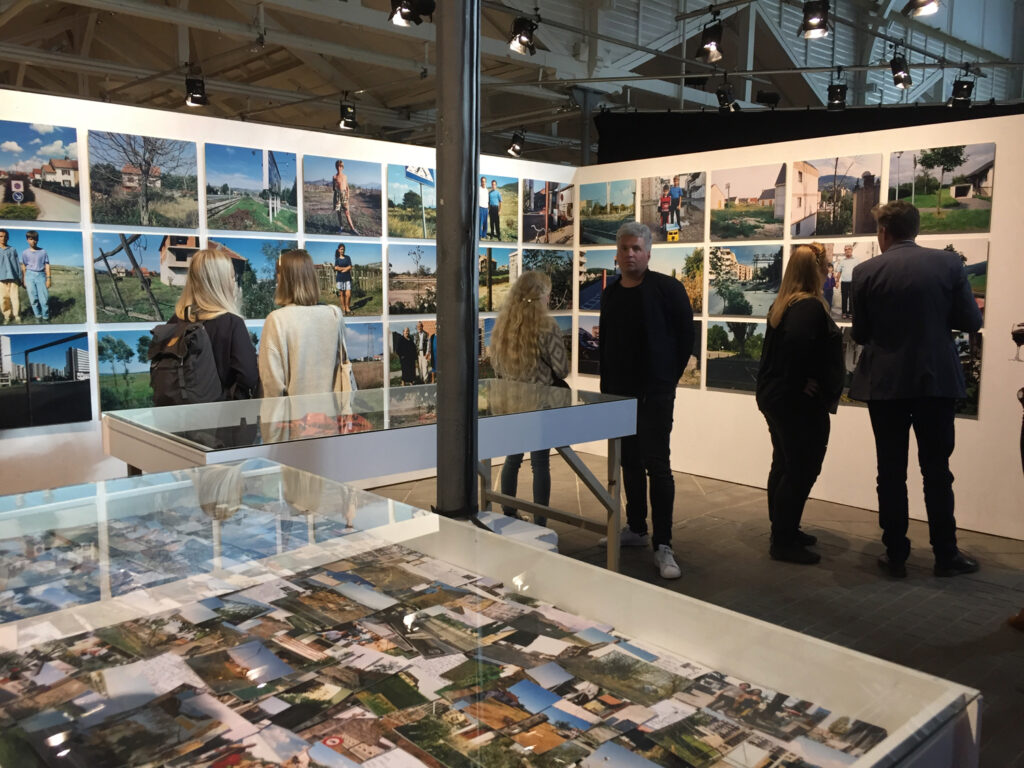
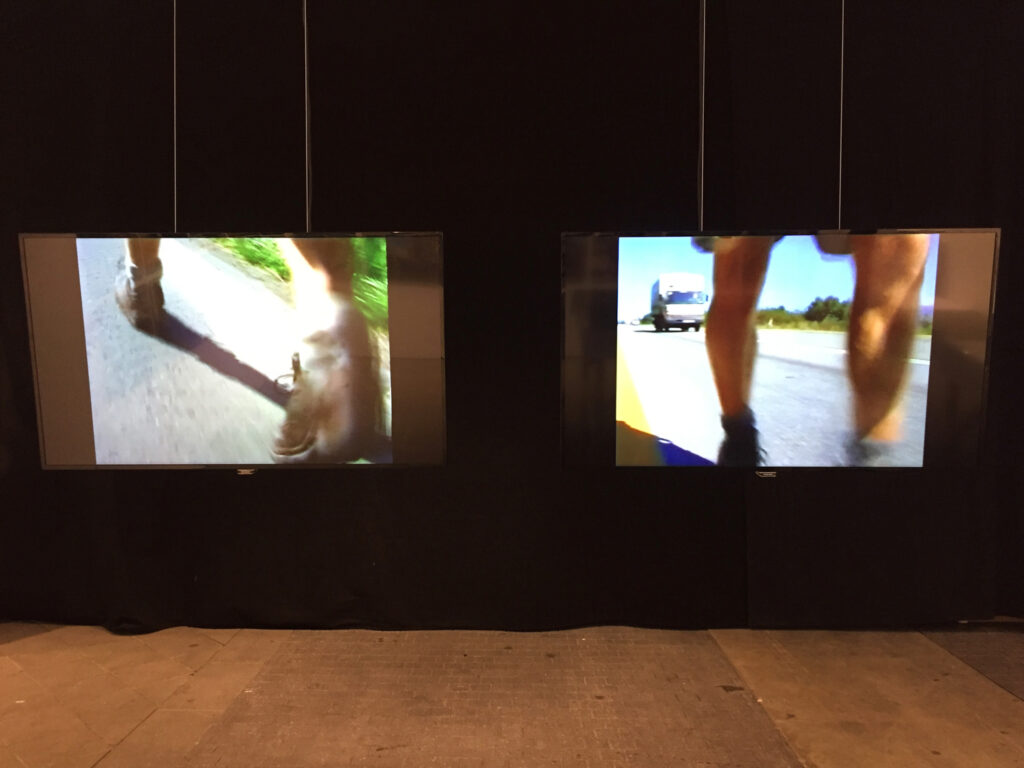
‘We’re here because we’re here’ was a modern memorial to mark the centenary of the Battle of the Somme, in which around 1500 voluntary participants dressed in First World War uniform appeared unexpectedly in locations across the UK. Commissioned by 14-18 NOW (the UK’s arts programme for the First World War centenary) and created by Turner Prize-winning artist Jeremy Deller in collaboration with Rufus Norris (Director of the National Theatre), each participant represented an individual soldier who was killed on 1 July 1916. The work was partly inspired by tales of sightings during and after the First World War by people who believed they had seen a dead loved one.
JUXTAPOSITION > UGLY / BEAUTY > COLOUR


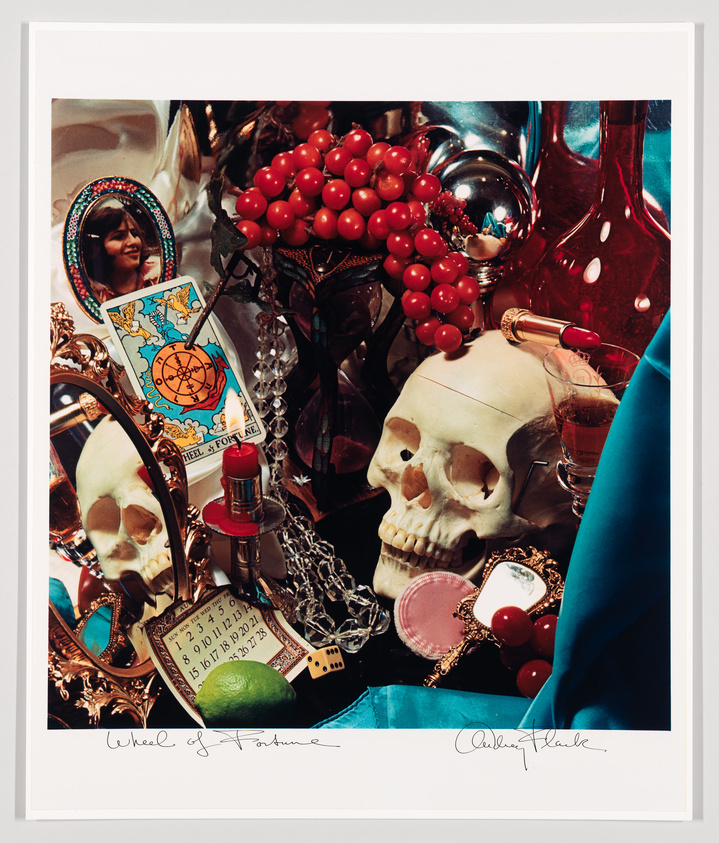
Still life has captured the imagination of photographers from the early 19th century to the present day. It is a tradition full of lavish, exotic and sometimes dark arrangements, rich with symbolic depth and meaning.
However, before we begin making images of our objects collected over the summer period we need to learn about how still-life emerged as an independent genre, in particularly during the early 1600s Dutch and Northern European paintings. Many of the objects depicted in these early works are symbolic of religion and morality reflecting on the increasing urbanization of Dutch and Flemish society, which brought with it an emphasis on the home and personal possessions, commerce and trade. Paintings depicting burnt candles, human skulls, dying flowers, fruits and vegetables, broken chalices, jewelry, crowns, watches, mirrors, bottles, glasses, vases etc are symbolic of the transience and brevity of human life, power, beauty and wealth, as well as of the insignificance of all material things and achievements.
Throughout its long history, still life has taken many forms, from the decorative frescoes of antiquity to the high art of the Renaissance. Traditionally, a still life is a collection of inanimate objects arranged as the subject of a composition. Nowadays, a still life can be anything from your latest Instagram latte art to a vase of tulips styled like a Dutch Golden Age painting. Read here for more details about the different categories within still-life paintings such as Fruits, Flowers, Breakfast pieces, Trompe L’Oeil and Vanitas.


Brilliant surfaces of metalwork and glass reflect lush fruits and a lobster in this still life. Heavily laden tables like this one, boasting both foodstuffs and imported luxuries such as the blue-and-white porcelain bowl from China, typify Dutch still life in the second half of the seventeenth century. Such paintings represent a shift away from the reminders of immortality and vanity in earlier still lifes and toward a wholehearted embrace of earthly pleasures.
Study this exhibition: ART OF ARRANGEMENT: PHOTOGRAPHY AND THE STILL LIFE TRADITION
READ the following two short essay linked with the exhibition above for more understanding of still life in art and photography—with its roots in the vanitas tradition.
Brian Liddy: ‘ART OF ARRANGEMENT’: ON THE SHORTNESS OF LIFE
Roy Exley: ‘ART OF ARRANGEMENT’: STILL LIFE IN THE STILL-LIFE
1. HISTORICAL CONTEXT: Produce a blog post and describe origin and definition of still life as a genre in history of pictorial practice. Read texts above and below to gain an overview of how still-life emerged.
2. ANALYSIS: Select a key painting and comment on the religious, political and allegorical symbolism of food and objects in terms of wealth, status and power, or the lack of.
Lets take a closer look at the painting, Cookmaid with Still Life of Vegetables and Fruit by British painter Sir Nathaniel Bacon.

Listen to curator Tim Batchelor discussing the painting
For further insights into the symbolic meaning of food and objects in still-life paintings, read this text Secret Symbols in Still-Life
ARTISTS REFERENCES > STILL-LIFE / OBJECTS
Emile F. Guiton: Autochromes:The founding father of the Societe Jersiaise Photographic Archive was also a very accomplished photographer who experimented with early colour photography in the beginning of the 20th century. Read this essay by Archivist Patrick Cahill on Guiton’s still-life images of flowers in a vase and other domestic scenes using Autochrome – the first commercially available colour process. Produce a blog post that demonstrates your understanding autochrome and its colour process using Guiton’s images as illustrations.
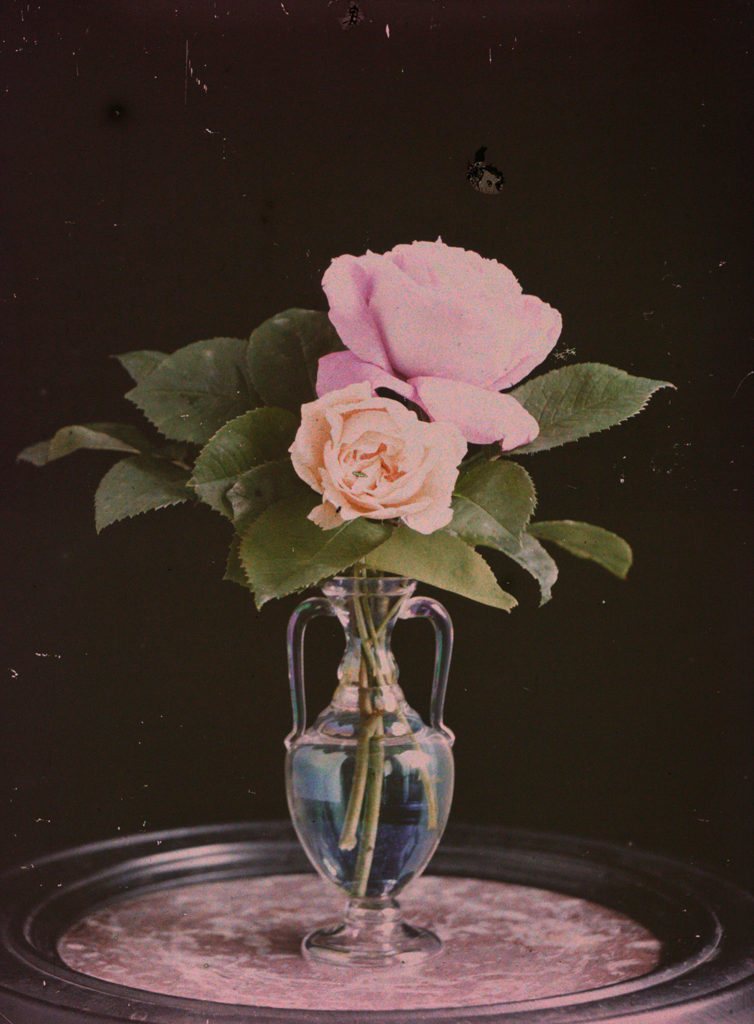
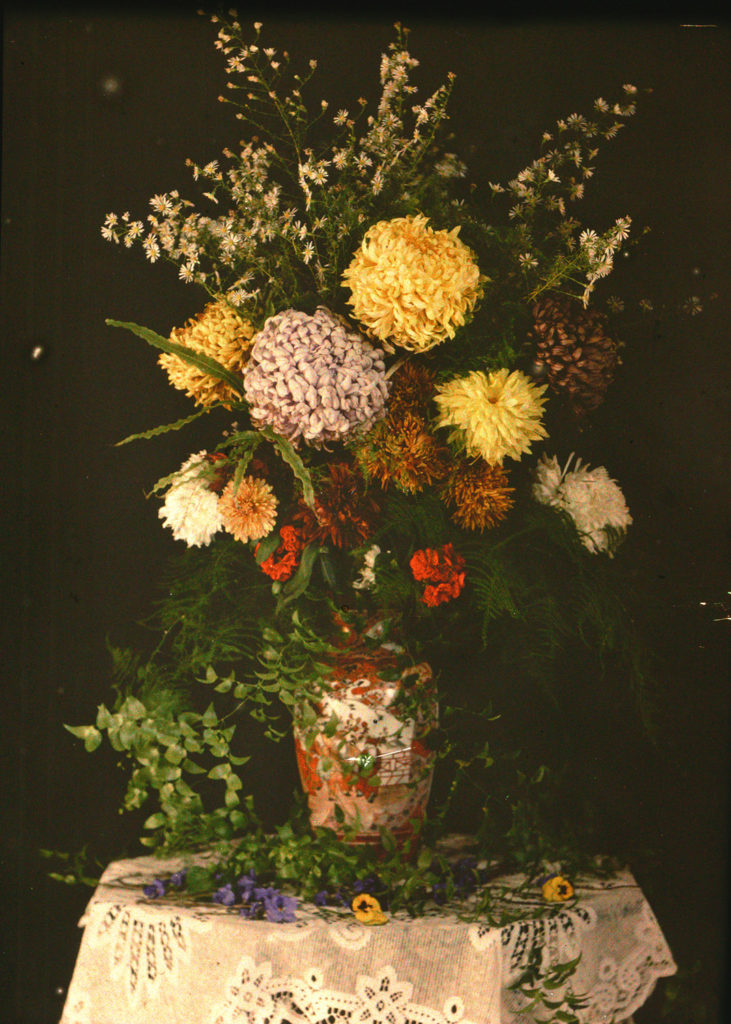

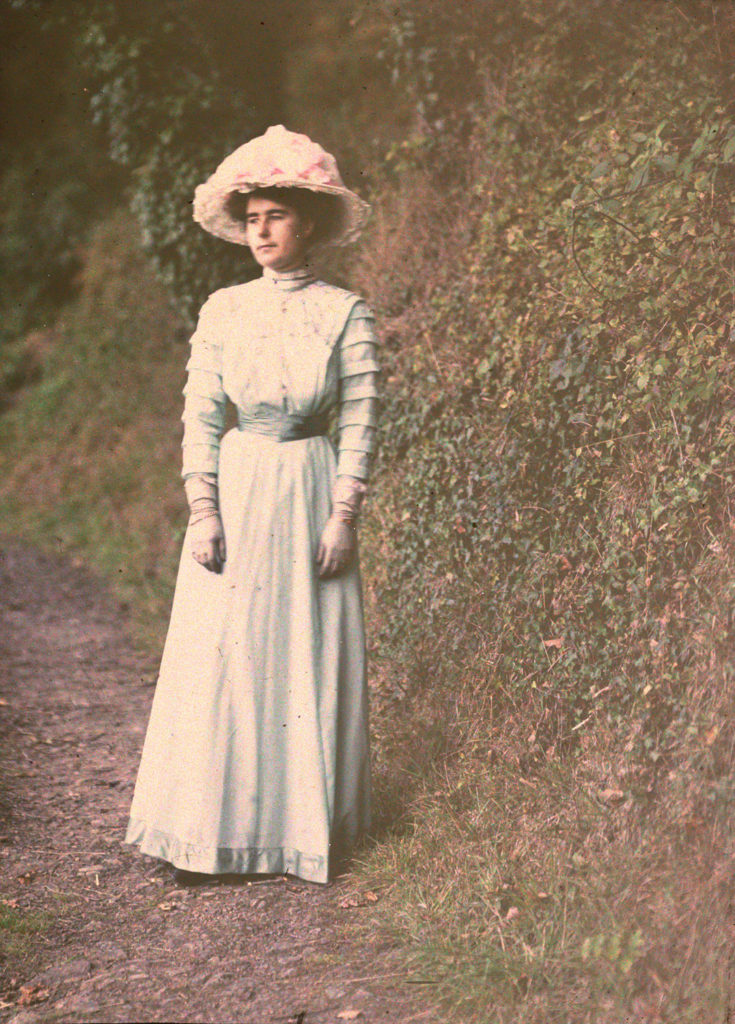
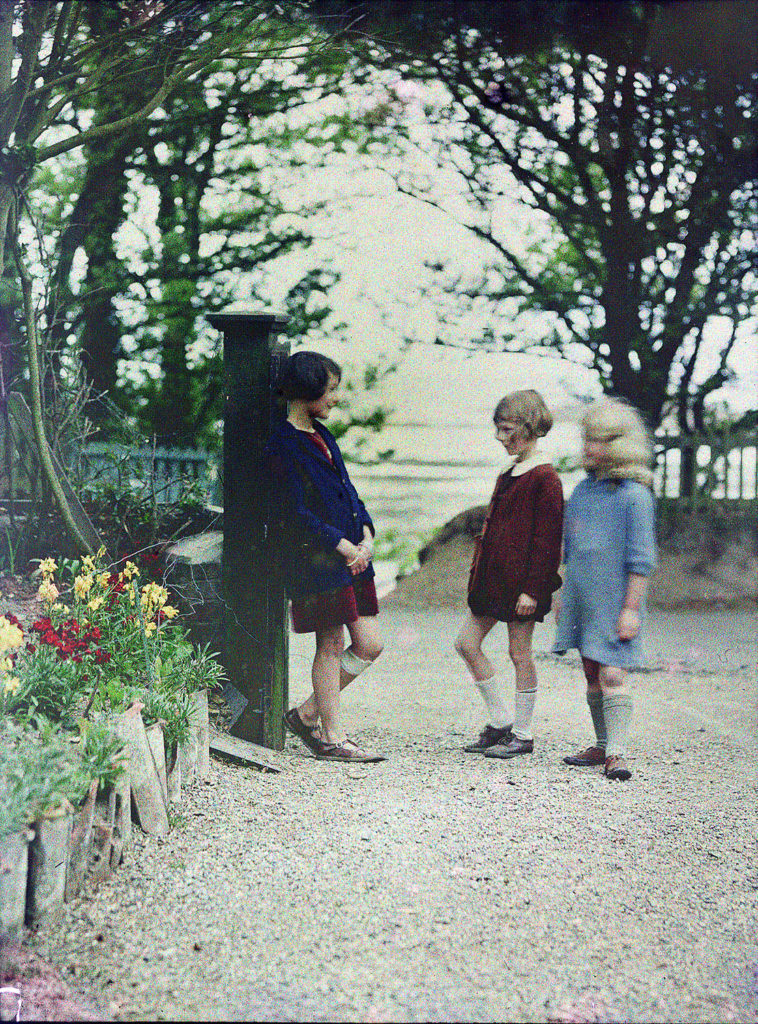
Emile F. Guiton: Autochromes:The founding father of the Societe Jersiaise Photographic Archive was also a very accomplished photographer who experimented with early colour photography in the beginning of the 20th century. Read this essay by Archivist Patrick Cahill on Guiton’s still-life images of flowers in a vase and other domestic scenes using Autochrome – the first commercially available colour process. Produce a blog post that demonstrates your understanding autochrome and its colour process using Guiton’s images as illustrations.

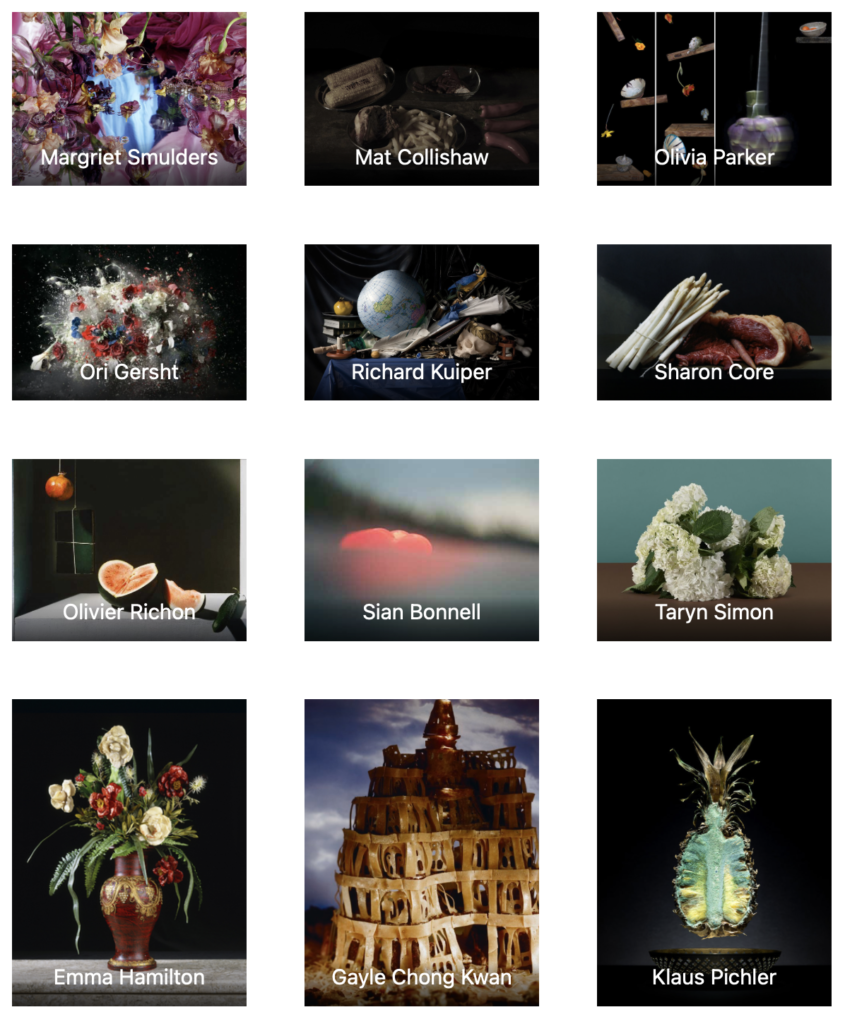
Klaus Pichler: One Third
According to a UN study, one third of the world’s food goes to waste – the largest part thereof in the industrialized nations of the global north. Equally, 925 million people around the world are threatened by starvation. The series ‚One Third‘ describes the connection between individual wastage of food and globalized food production. Rotting food, arranged into elaborate still lives, portrays an abstract picture of the wastage of food whilst the accompanying texts take a more in depth look at the roots of this issue. ‚One Third‘ goes past the sell by date in order to document the full dimensions of the global food waste.
PHOTOGRAPHY-ASSIGNMENT > OBJECTS
What you must do…
Collect a group of objects that you think combine well. Consider shape and size, colour, texture etc.
For ideas, look carefully at how Mary Ellen Bartley groups, lights and photographs her objects. Aim to create a set of images by altering the layout, lighting, focus, composition etc.

Also photograph individual objects as specimen applying a typology approach, ie. deadpan and uniformly framed and lit in a way that is the same in all images.


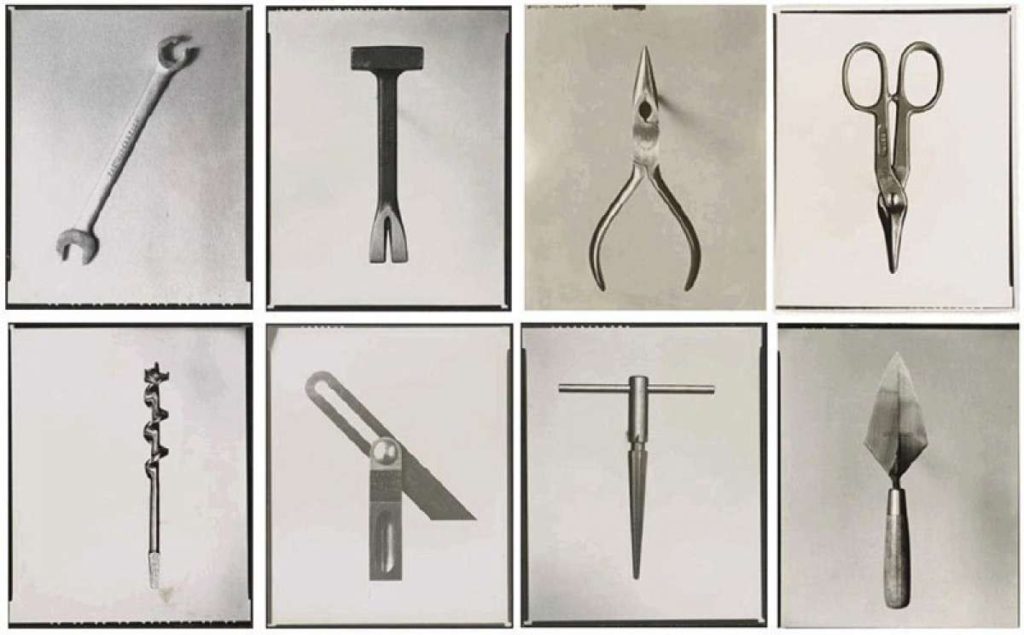
EXPERIMENTING > DEVELOPING
PHOTO-SCULPTURE: Print a selection of your images and mount them onto foamboard/ mountboard cut-outs and begin to work analogue with knives/ scissors and glue constructing a 3D photo-sculpture.

Ideas for constructing a photographic sculpture





ARTISTS REFERENCES. As inspiration for your photo-sculpture select at least two artists references as a case study. Explore, discuss, describe and explain key examples of their work relevant to your project and intentions. Follow these steps:
1. Produce a mood board with a selection of images and write an overview of their work, its visual style, meaning and methods. Describe why you have selected to study their work and how it relates to your project.
2. Select at least one key image and analyse in depth using methodology of TECHNICAL>VISUAL>CONTEXTUAL>CONCEPTUAL
3. Incorporate quotes and comments from artist themselves or others (art/ media /film critics, art/ media/ film historians, curators, writers, journalists etc) using a variety of sources such as Youtube, online articles, reviews, text, books etc. Make sure you reference sources and embed links in your blog post.
4. Compare and contrast your chosen artists in terms of similarities and contrasts in their approaches, techniques and outcomes of their work.
3D DESIGN PROCESS: Make sure you produce a blog post that show stages of your experimentation using camera/ phone to document your 3D photo-sculpture as it develops. Make sure you annotate the various processes and techniques that you are using and also describe creative decisions and choices that you make.
FURTHER EXPERIMENTATION: You can produce more than one photo-sculpture and create an installation of several pieces. Be creative and not afraid to make mistakes, Try out the following:
- Print off a selection of carefully chosen images that you can then paste to either foamboard or mountboard. Then cut and arrange these choices so that you can create a free-standing photo-sculpture (see Lethe Wilson above)
- Print same set of images (or chose a different set) — and then rip, tear, cut-n-paste to create a photo-montage. Re-photograph this and develop the composition into a final outcome using same method as above.
- Layering various sizes of foam board with images and re-create a shape of a rock, or details of granite from geological sites of special interests.
- Construct a organic or geometric shape first out of cardboard/ mountboard and wall paper your 3D sculpture with your own images
- Manipulate images first in Photoshop using various tools and techniques to distort, blur, pixelate, liquify, render, stylise etc before printing and gluing onto your 3D model.
- Consider incorporating other elements such as text, typography, figures, found material.
- For example, add Jerriais words into your photo sculpture – see Other Resources below for ideas
- Consider Jersey myth and storytelling as part of the meaning behind your photo-sculpture
INSTALLATION
3D Photosculpture > 2D image
Upon completion of your 3D sculpture photograph your sculpture as an object experimenting with creative lighting techniques in the studio playing between light and shadows, creating a false sense of scale and size. Produce a blog post with a set of your most successful edited images and annotate.

The Definitive History of the Soviet Propaganda Poster. Read more here
The Russian avant-garde
A large, influential wave of avant-gardemodern art that flourished in the Russian Empire and Soviet Union, approximately from 1890 to 1930—although some have placed its beginning as early as 1850 and its end as late as 1960. The term covers many separate, but inextricably related, art movements that flourished at the time; namely Suprematism, Constructivism, Russian Futurism, Cubo-Futurism, Zaum and Neo-primitivism. Given that many avant-garde artists involved were born or grew up in what is present day Belarus and Ukraine (including Kazimir Malevich, Aleksandra Ekster, Vladimir Tatlin, Wassily Kandinsky, David Burliuk, Alexander Archipenko), some sources also talk about Ukrainian avant-garde, etc.
The Russian avant-garde reached its creative and popular height in the period between the Russian Revolution of 1917 and 1932, at which point the ideas of the avant-garde clashed with the newly emerged state-sponsored direction of Socialist Realism.

Exhibition at The Museum of Modern Art (MOMA)
Covering the period of artistic innovation between 1912 and 1935, A Revolutionary Impulse: The Rise of the Russian Avant-Garde traces the arc of the pioneering avant-garde forms after Socialist Realism was decreed the sole sanctioned style of art. The exhibition examines key developments and new modes of abstraction, including Suprematism and Constructivism, as well as avant-garde poetry, film, and photomontage.
Read article here in the New York Times
Russian avant-garde and photomontage




Ai Weiwei’s colored vases: Clever artwork or vandalism? read article here
51 ancient Chinese vases covered with brightly colored paint
Exhibition visitors have expressed feelings of uneasiness or even pain and nostalgia when seeing Colored Vases by Ai Weiwei1. The 51 vases that make up the artwork are originally treasures from the Neolithic Age (5000–3000 BCE) and the artist has dunked them in common industrial paint.
Why did Ai Weiwei do it?
By doing this, he commented on the devastation caused by the Chinese Cultural Revolution2 and the disregard for centuries-old craftsmanship3. By covering the surfaces, the history of the vases is no longer visible but still there, beneath the dried layer of industrial color. Some viewers have felt provoked by this audacious act, in their eyes destroying something rare and precious instead of safeguarding and worshipping it.
Conclusion
Like many other works by Ai Weiwei, he uses irony to challenge viewers’ assumptions and perspectives. As China’s most notorious artist, he finds himself in constant confrontation with the Chinese authorities, and Colored Vases is an essential piece in his rebellious oeuvre.

Study of Perspective is a photographic series produced by Ai Weiwei between 1995 and 2017. Throughout the series, viewers see Ai’s left arm extended forward with the middle finger raised to significant institutions, landmarks and monuments from around the world. These pictures mimic tourists’ photos and encourage people to question their adherence and acceptance towards governments, institutions and establishments. This series speaks out about Ai’s beliefs regarding freedom of speech, empowerment of the people, and democratic values and showcases his activist side in true colors.

Sunflower Seeds 2010 consists of millions of individually handcrafted porcelain sunflower seeds. The work has a volume of nearly ten cubic metres, weighing approximately ten tonnes. The artist has stipulated two different configurations for the work. In the first, the seeds are arranged in a continuous rectangular or square field to a depth of ten centimetres. This ‘bed’ of seeds conforms to the dimensions of the display space, with walls confining the work on three sides. Alternatively, the work is presented as a conical sculptural form, approximately five metres in diameter. In this second configuration, there is no containing structure or support for the conical form, which is installed by carefully pouring the seeds from above to form the shape. Any uneven edges can be adjusted by hand at the time of installation.
This work is derived from the Eleventh Unilever Series commission for Tate Modern’s Turbine Hall for which Ai created 1-125,000,000 2010, a bed of ceramic sunflower seeds installed across the floor of the space. The Unilever Series commission was the first time Ai Weiwei presented this multitude of sunflower seeds as a continuous rectangular field to create a ‘unique surface’, and the first time he proposed an interactive element, in which the public was invited to walk on the seeds. In the event, after the initial days of the exhibition, it was not possible for viewers to interact with the work by walking on it due to the health risks posed by the resulting dust.
The fabrication of the seeds was carried out in the city of Jingdezhen in northern Jiangxi, a region of China south of Beijing. Historically famous for its kilns and for the production of imperial porcelain, this region is still known for its high quality porcelain production. The sunflower seeds were made by individual craftspeople in a ‘cottage-industry’ setting, rather than in a large-scale factory, using a special kind of stone from a particular mountain in Jingdezhen.
The symbol of the sunflower was ubiquitous during the Cultural Revolution in China in the 1960s and 1970s, and was often used as a visual metaphor for the country’s Communist leader Chairman Mao (1893–1976) and, more importantly perhaps, the whole population. In Sunflower Seeds Ai examines the complex exchanges between the one and the many, the individual and the masses, self and society. Far from being industrially produced, the sunflower seeds are intricately and individually handcrafted, prompting a closer look at the ‘Made in China’ phenomenon commonly associated with cheap mass-produced goods. The myriad sunflower seeds – each unique yet apparently the same – can be seen toevoke the quest for individuality in a rapidly transforming society.
In his proposal for the Unilever Series Commission, Ai commented on the significance of the sunflower seeds:
[In] the times I grew up, it was a common place symbol for The People, the sunflower faces the trajectory of the red sun, so must the masses feel towards their leadership. Handfuls were carried in pockets, to be consumed on all occasions both casual and formal. So much more than a snack, it was the minimal ingredient that constituted the most essential needs and desires. Their empty shells were the ephemeral traces of social activity. The least common denominator for human satisfaction. I wonder what would have happened without them?
(Ai Weiwei, unpublished proposal for Tate Modern Unilever Series, March 2010.)
Ai’s practice is increasingly driven by issues facing contemporary China, such as the exercise of autocratic power, the disappearance of Chinese cultural and material history, and concerns about human rights, hard labour and poverty. Sunflower Seeds explores the complexity of the Chinese individual’s relationship with society, the authorities and tradition.

Some well known international and locally based artistic and photographic collectives>
Magnum Photos
In Jersey:
The Moving Arts Collective > get them to come and talk???
The Photographic … (Max le Feuvre
Jersey Photography Club

